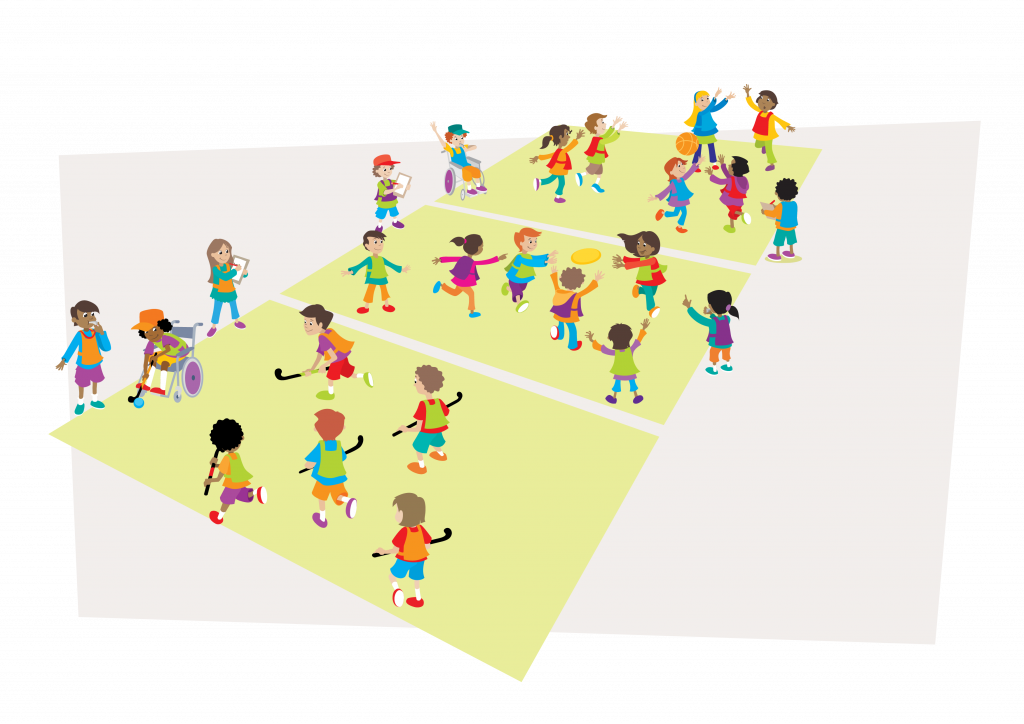Pivot
Move into Space to Strike an Object with Hand or Bat Core Skill
This is a decision-making skill relating to when and where and how to move into space to strike an object successfully. Tracking is monitoring the environment picking up cues to inform action.
- Watch/track the play or object
- D...
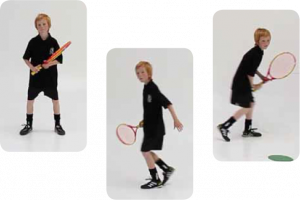
Move into Space to Receive Object Core Skill
This is a decision-making skill relating to when and where and how to move into space to receive an object successfully. Tracking is monitoring the environment picking up cues to inform action.
- Watch/track the play or object
- ...

Striking an Object with Hands or Bat Core Skill
Striking involves making contact with a stationary or moving object with the aim of propelling that object towards a desired target or area. Striking requires good hand–eye co-ordination to track an incoming object and strike in one action. A st...

Trapping with Feet Core Skill
Trapping is the term used to bring a moving object under control, so that it can then be further manipulated. Successful trapping will require good timing, good hand–eye or foot–eye co-ordination and control. The ability to trap with feet is p...

Dribbling with Hands Core Skill
Dribbling is bouncing the ball and moving at the same time. Dribbling requires good hand–eye coordination. It is important in basketball, handball, playground games and rhythmic gymnastics.
- The knees are bent, and legs shoulder-widt...
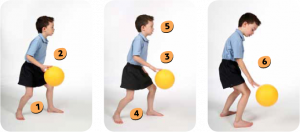
Dribbling with Feet Core Skill
Dribbling is controlling a ball using the feet. It requires good foot–eye coordination. Feet perform a series of small kicks and drags to keep the ball travelling along the ground. It is important in rugby and football.
- Dribble the ...

Overarm Throw Core Skill
The overarm throw is a strong, direct throw that generates power from transferring weight in a rocking action. The skill is used in many major games, e.g. cricket, baseball, rounders, basketball and American football. The movement pattern is also ...

Bouncing a Ball Core Skill
Bouncing is pushing the ball towards the ground with sufficient force to allow the ball to bounce back up to hand/hands at a level just below the hip. Bouncing is typically performed in a stationary position. It is important for playground games, ...
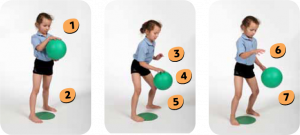
Two-handed Throw Core Skill
A two-handed throw is used to propel a ball towards a target or another child for them to catch. Fingers are spread behind the ball and wrists and elbows are extended forwards as the ball is released.
- Stand facing the direction of the...
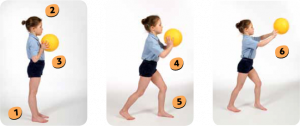
Kicking a Ball Core Skill
Kicking involves imparting force to an object with a foot. It requires good foot–eye coordination. An object can be moving or stationary. Kicking is used in football and rugby.
- Stand slightly to the side and behind the ball.

Catching an Object Core Skill
Catching is receiving an object with hands. It involves the child visually tracking the object in flight and moving into a position to collect the object safely without dropping it. Catching is important in many major games, e.g. cricket, baseball...
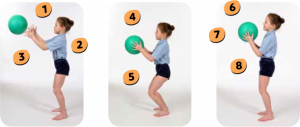
Underarm Throw Core Skill
An underarm throw is used to propel an object over a short distance accurately. It involves the transference of weight forwards as the straight-throwing arm swings through from the back to the front to release the object at hip height.

Underarm Roll Core Skill
Underarm rolling is when an object is propelled forwards along the ground.
- Stand facing forward
- Hold the object lightly in fingers
- Swing rolling arm backwards until straight and at shoulder height
- Step forwa...

Rapid Reactions Core Skill
Being aware of a range of cues and being prepared to react as quickly as possible to those cues.
- Adopt the ‘ready position’ in front of partner approximately an arm’s distance away
- Partner rolls ball between legs <...
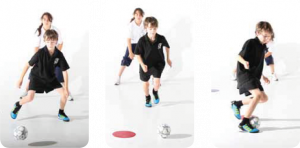
Ready Position Core Skill
The ‘Ready Position’ is a stance used to react as quickly as possible from. It can be used from stationary or from moving.
- Stand feet together
- Jump feet to just over shoulder width apart
- Emphasise sideways split ...
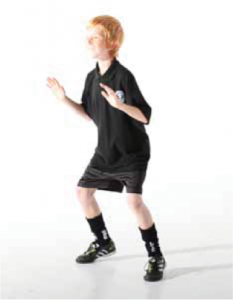
Back Support Core Skill
The ‘Back Support’ is a Foundation Position that is important for developing upper body and arm strength, flexibility as well as core stability.
- Sit on the floor in the ‘Pike’ position
- Hands flat by sides and slightly...
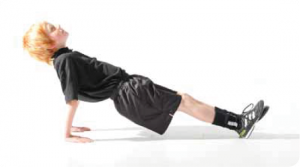
Front Support Core Skill
The ‘Front Support’ is a Foundation Position that is important for developing upper body and arm strength as well as core stability.
- Perform ‘Angry Cat’ position
- Move one leg straight backwards with toes turned under<...
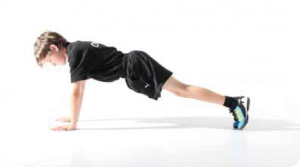
Arch Shape Core Skill
The ‘Arch Shape’ is a Foundation Shape that is important for developing upper body and arm strength, flexibility as well as core stability.
- Lie on tummy
- Lift legs and feet off the floor
- Lift shoulders off floor a...
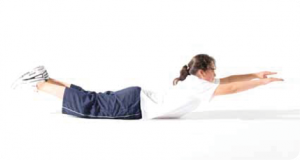
Dish Shape Core Skill
The ‘Dish Shape’ is important to developing core stability.
- Lie on back
- ‘Trap the Mouse’
- Stretch legs and feet off the floor
- Lift shoulders and arms off the floor
- Hold balance for 3–5 seco...

Trap the Mouse Core Skill
‘Trap the Mouse’ is the position required to develop core stability.
- Lie on back
- Stretch arms above head
- Keep arms and legs touching the floor
- Squeeze tummy down
- Make ‘Angry Cat’ sho...
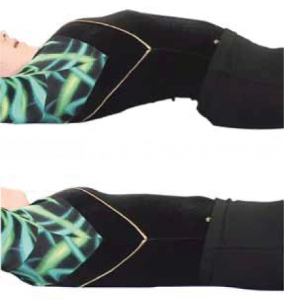
Tuck Shape Core Skill
‘Tuck Shape’ is important to rolling, somersaulting and developing core stability.
- ‘Angry Cat’ back
- Hands on knees
- Knees bent tightly into chest
- Hold balance for 3–5 seconds
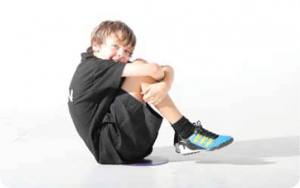
Dodging Core Skill
Dodging is a quick transference of weight from one foot to the other. It is used to deceive or flee from an opponent or evade an obstacle. It is important in invasion games.
- Plant one foot and push off this foot quickly to change dire...
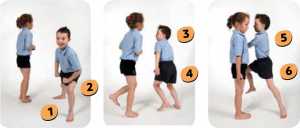
Lunging Core Skill
The lunge is a Body Management Skill that requires balance, lower body strength and co-ordination. It involves a large step forwards or sideways, usually to control momentum.
- Start with the feet together, hands by the side and eyes lo...

Pulling an object Core Skill
Pulling requires good balance, grip, good upper body strength and a strong, firm base. An object is usually pulled to move the object from one place to another.
- Having a good firm grip
- Stand sideways-on with feet just over a ...
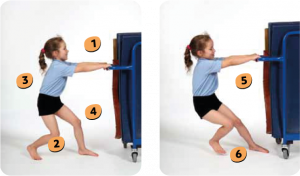
Bubbles and Breathing Core Skill
Definition of activities: breathing is a crucial area of swimming, so learning to breathe out in the water will help a child feel at ease. These activities will encourage children to take a breath in before their face makes contact with the water....
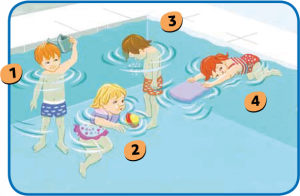
Entries and Exits Core Skill
Definition of activities: promoting safe entry into water, with different entry methods for different types of pools and different levels of confidence. Exits from the water must also be controlled and safe.
- Ladder step entry
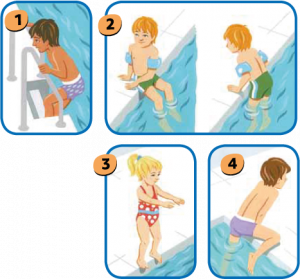
Pool Safety Core Skill
Definition of activities: guidelines for practitioner and children to ensure safe practice in and out of the pool.
- Walk to poolside quietly and sit at the wall
- Use the shower before entry
- Listen to safety instruction...
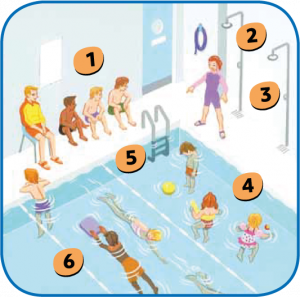
Log Roll Core Skill
A log roll is a full rotation of the body from head to foot. The roll involves a straight body lying on the floor with legs fully stretched and arms extended above the head. It is important in trampolining, diving and gymnastics.
- Lie ...
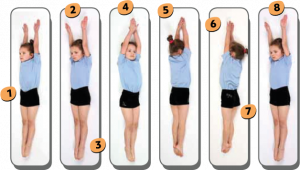
Pushing an object Core Skill
Objects are usually pushed with the aim of moving that object from one place to another. Pushing can involve the upper or lower body. The upper body can be used to push a trolley or pram; the lower body can be used to push or ride a scooter or bik...
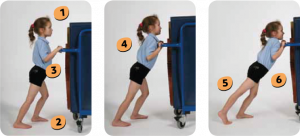
Climbing Core Skill
Climbing is achieved by alternately gripping with and pulling on arms and pushing with legs. Efficient climbing allows children to explore their surroundings and satisfy their inquisitive nature.
- Reach the right hand up and grip the b...
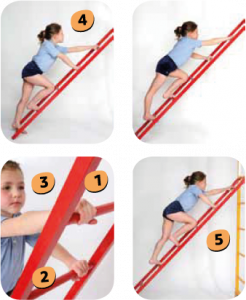
Balance (one foot) Core Skill
A static balance held with one foot flat on the floor using arms to achieve stillness. It is important to be able to achieve this balance for dressing, hopping, skipping, kicking and dodging.
- Supporting foot flat on the ground and sti...
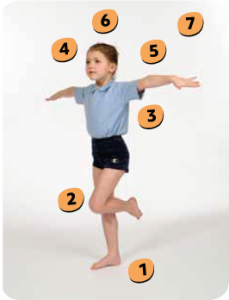
Angry Cat Core Skill
‘Angry Cat’ is a Body Schooling Activity that develops a correct body posture for safe rolling. It also develops shoulder strength and flexibility which is important for gymnastic skills such as handstands and cartwheels.
- Start on...
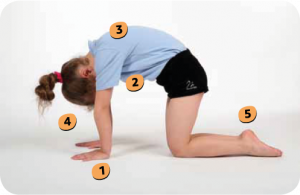
Star Shape Core Skill
A star shape is a Foundation Shape which involves the body being fully extended with legs and arms as wide as possible. The shape can be made lying down, standing up, in a jump or wheeled in a cartwheel.
- Lie on back or stand up on two...
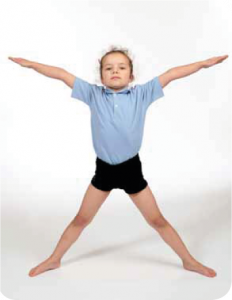
Straight Shape Core Skill
A straight shape is a Foundation Shape which involves the body being aligned as straight as possible. The shape can be made lying down, standing up, in a jump or inverted in a handstand. A straight shape is integral to many other sporting skills s...
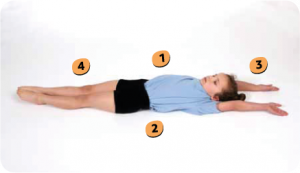
Body Awareness Core Skill
Body awareness is a child’s ability to recognise, use and name various body parts on command in four postural positions: standing, kneeling, sitting and lying. The child will be able to control a specific body part, performing a specific action,...
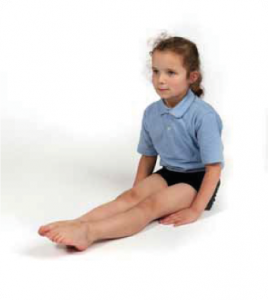
Fast Feet Core Skill
‘Fast Feet’ skills are required to change direction quickly.
- Get into the ‘Ready Position’, with weight slightly on balls of feet
- Keeping knees bent and hips low, transfer weight forwards, backwards and sideways, by s...
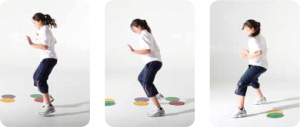
Crossover Step Core Skill
The ‘Crossover Step’ is used to change direction quickly
- Get into the ‘Ready Position’, with weight slightly on balls of feet
- Keeping knees bent and hips low, transfer weight sideways, out over left foot
- Step...
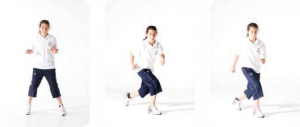
Side-step Core Skill
The ‘side-step’ is a rhythmical lateral movement, transferring weight from one foot to the other. Side-stepping is fast action covering the ground as quickly as possible.
- Start in the ‘Ready Position’ slightly on balls of feet...
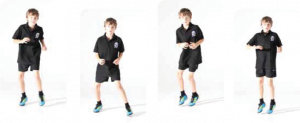
Skipping Core Skill
The skip is a rhythmical movement involving a step-hop on one leg, then transferring weight to other foot to repeat the pattern. Children often skip spontaneously in response to music, strong rhythms/beats or to express happiness. It is included i...

Leaping Core Skill
Leaping is a large step taking off from one foot and landing on the other. The skill can be a single movement, as in leaping over an object, or used continuously. It is important for athletics, some traditional dances and some major games.

Jumping (distance) Core Skill
The jump for distance is commonly known as the standing broad jump which is a horizontal movement. Take off and land on two feet.
- Feet start together
- Head up and eyes looking forward
- Bend knees into the ‘Frog Hoppi...

Hopping Core Skill
Hopping is a continuous skill that involves taking off and landing on the same foot. Hopping may occur on the spot or travelling. Hopping is an important feature in basketball lay up and the triple jump.
- Lift one leg, bending knee

Running Core Skill
Running is similar to walking extremely fast except at times both feet are off the ground. The arms drive forwards and backwards in opposition to the legs. Together with athletics, most major games involve running.
- Run along a narrow ...

Jumping and Landing Core Skill
Jumping and landing (Frog Hopping) involves taking off on one or two feet and landing on two, with feet, ankles, knees and hips absorbing the force. Vertical height is achieved by bending at the knees and swinging both arms forwards and upwards ab...

Foxes Core Skill
‘Foxes’ is a travelling action on hands and feet, with hands and feet working in opposition. The bottom is kept low with an ‘Angry Cat’ back.
- Hands flat on the floor/surface
- Support bodyweight on hands and feet with �...
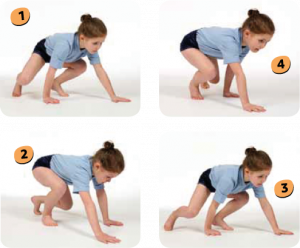
Walking Core Skill
Walking is the most fundamental travelling action and as such forms the basis of many other locomotor actions.
- Stand with feet together, facing forwards
- Stand up straight and ‘Trap the Mouse’
- Keep the head up and...

Crawling Soldier Core Skill
‘Crawling Soldiers’ is a Body Schooling Activity that involves crawling on the tummy with arms and legs working in opposition – the arms should be pulling and the legs pushing.
- Lie on tummy
- Crawl o...
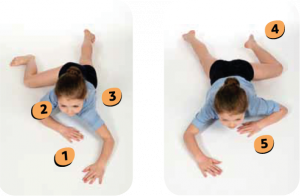
Galloping Core Skill
Galloping is a continuous locomotor movement performed in a forwards or sideways direction. It uses an asymmetrical gait with the same foot leading on each step. Galloping features in various playground games and some traditional dances.
-
...

Crawling Core Skill
Crawling is a basic locomotor movement that involves the arms and legs working in opposition along a narrow path. Bodyweight is supported on hands and knees with the child assuming an ‘Angry Cat’ position. The skill can involve crawling along,...

Pivot Activities
Tip and Run
As we become more skillful
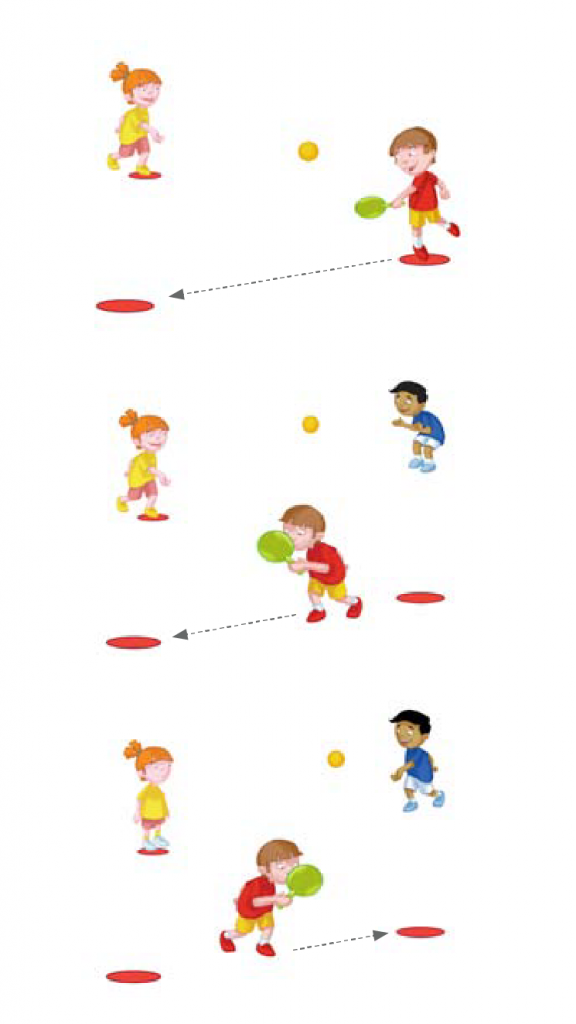
Tip and Run
As we progress
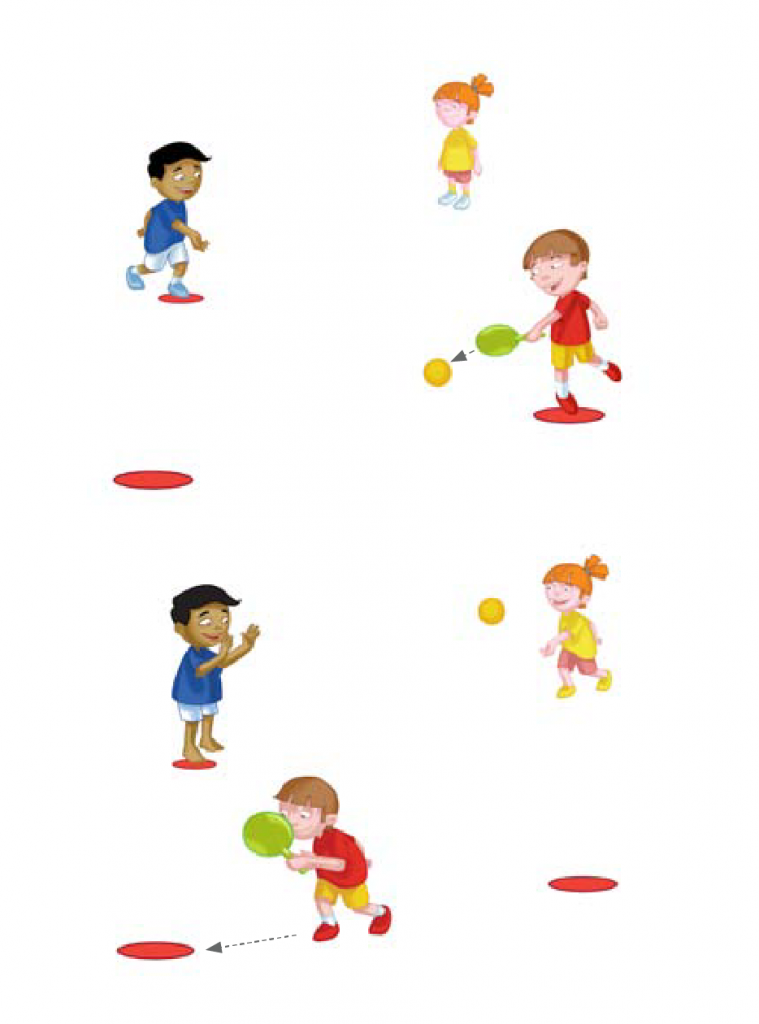
Tip and Run
As we develop
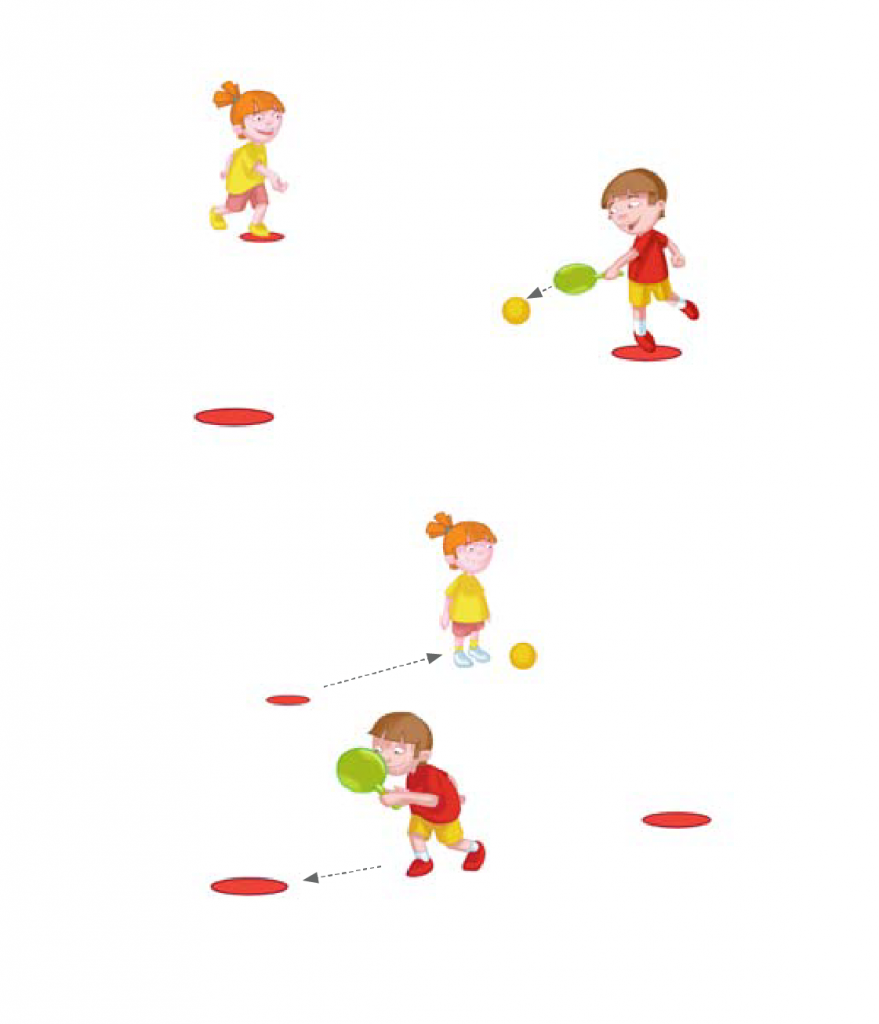
Spot to Spot
As we become more skillful

Spot to Spot
As we progress
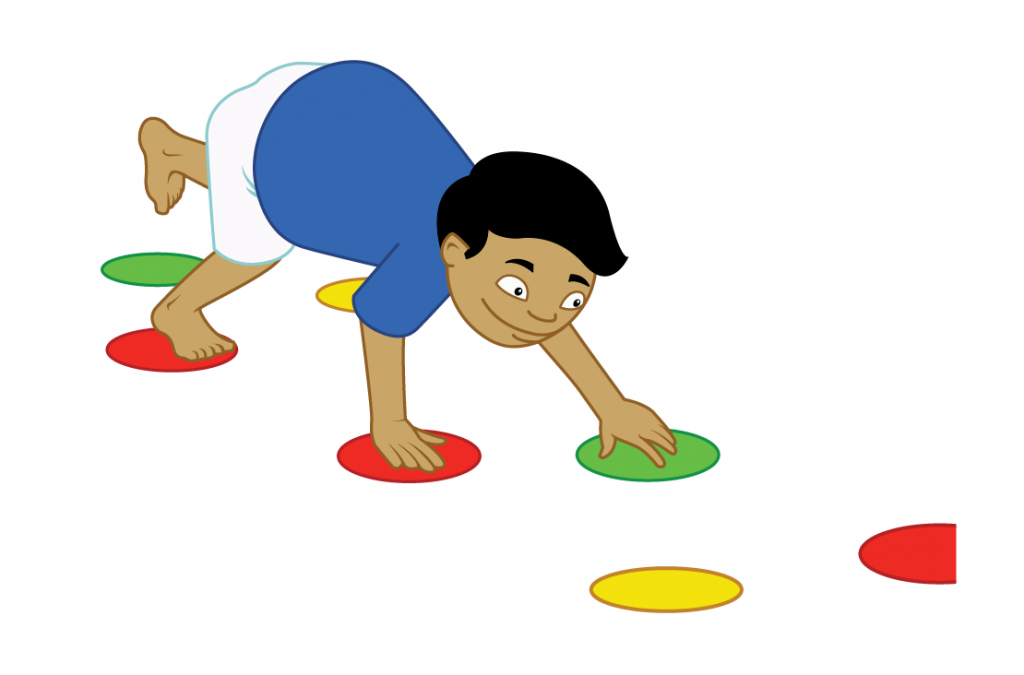
Spot to Spot
As we develop
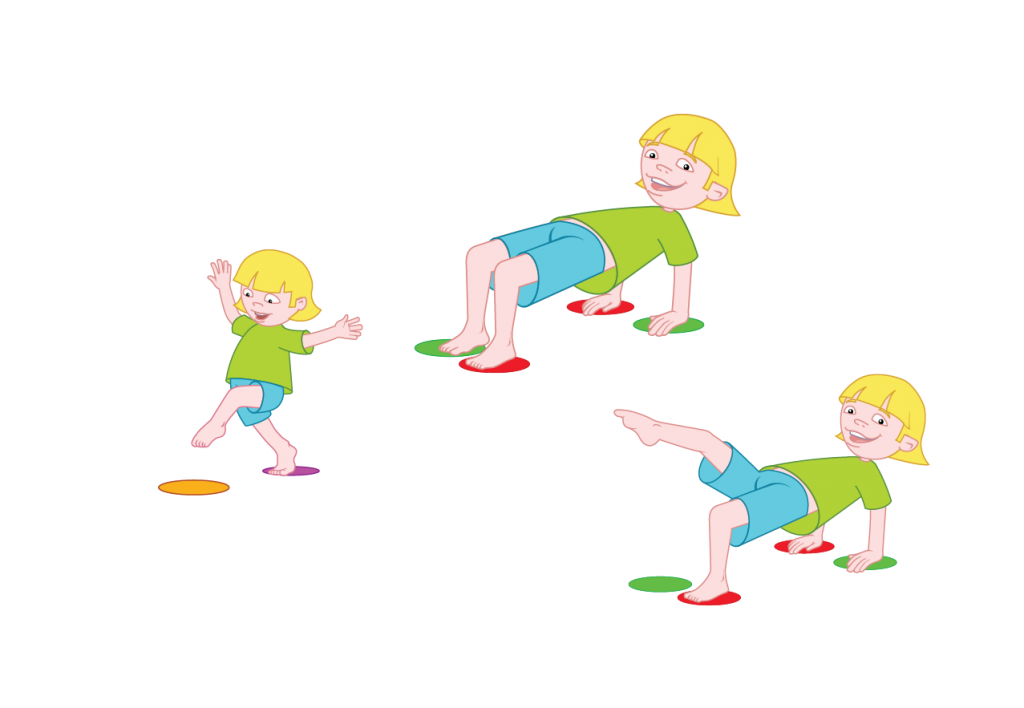
Spots in Space
As we become more skillful
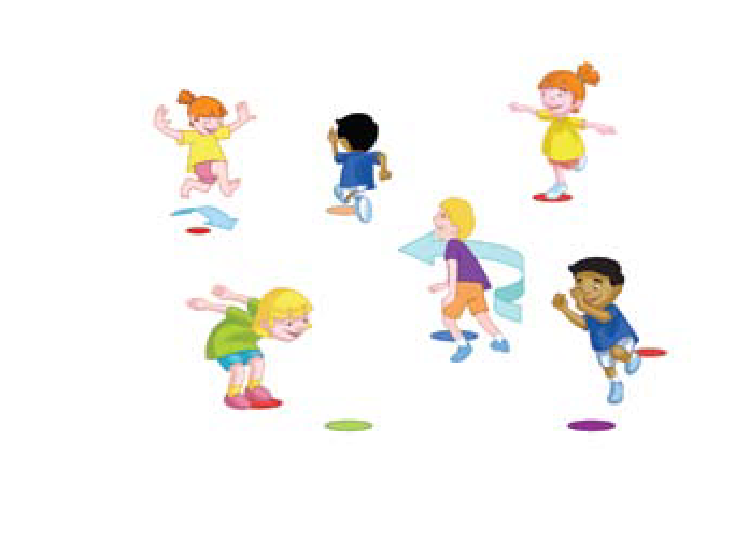
Spots in Space
As we progress

Spots in Space
As we develop

Space Shake
As we become more skillful
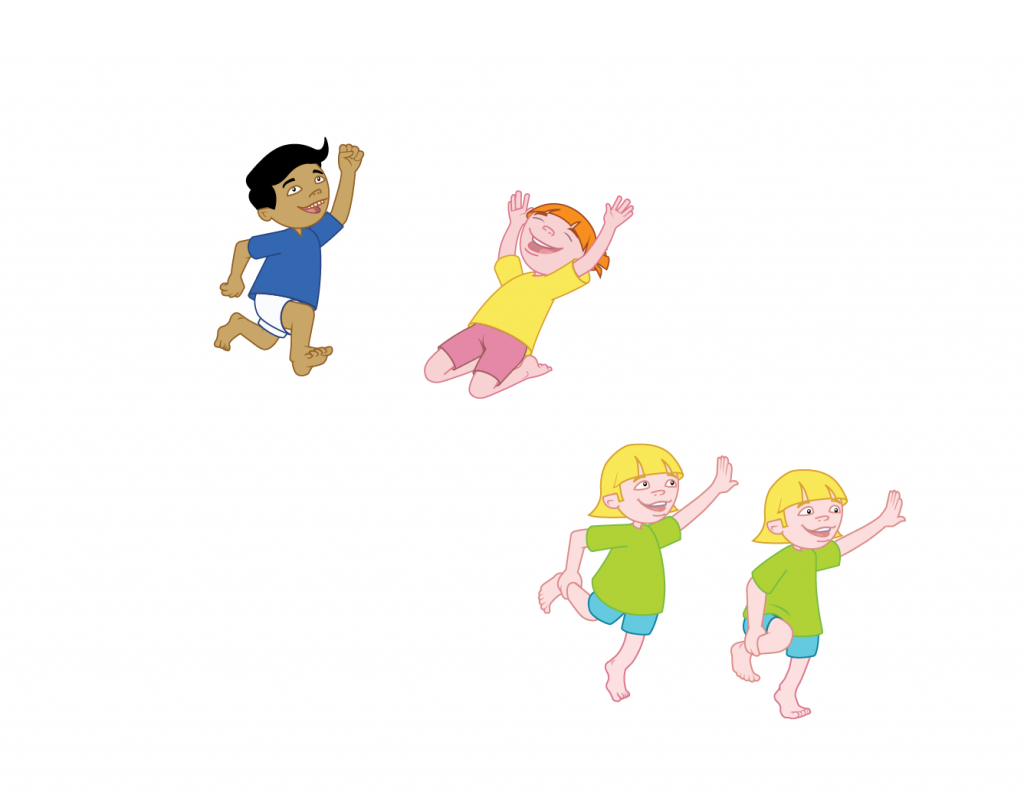
Space Shake
As we progress
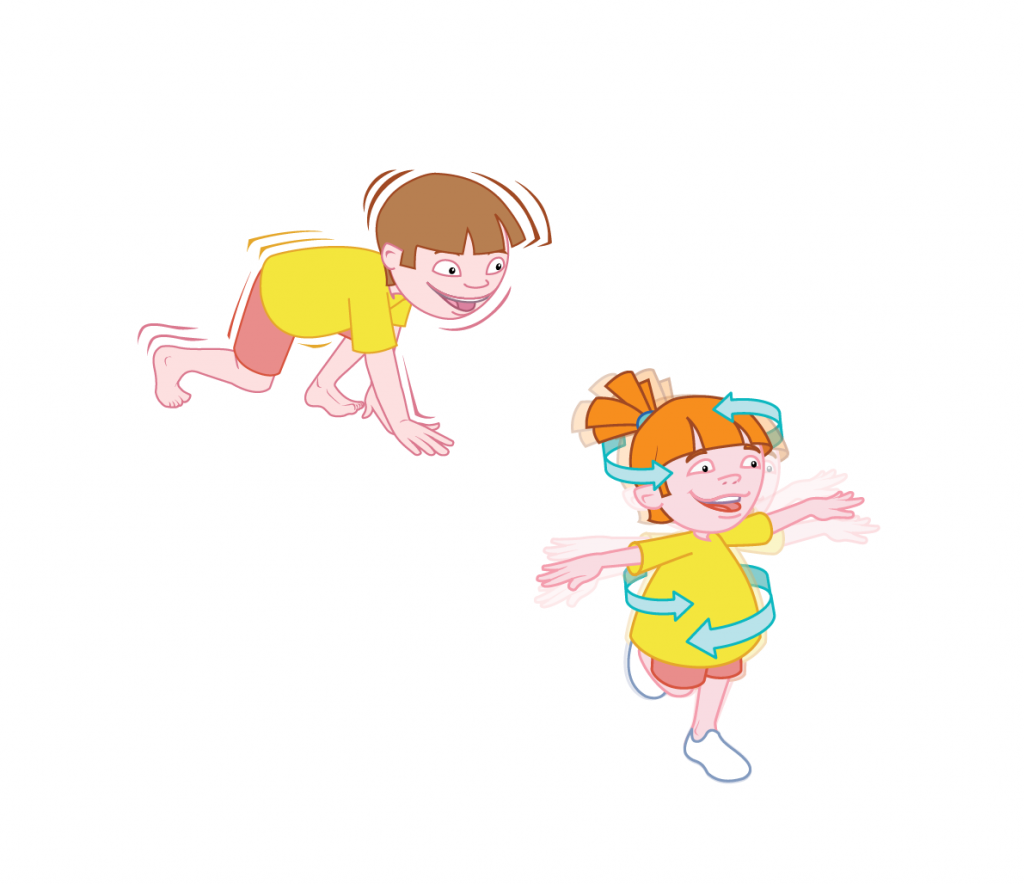
Space Shake
As we develop
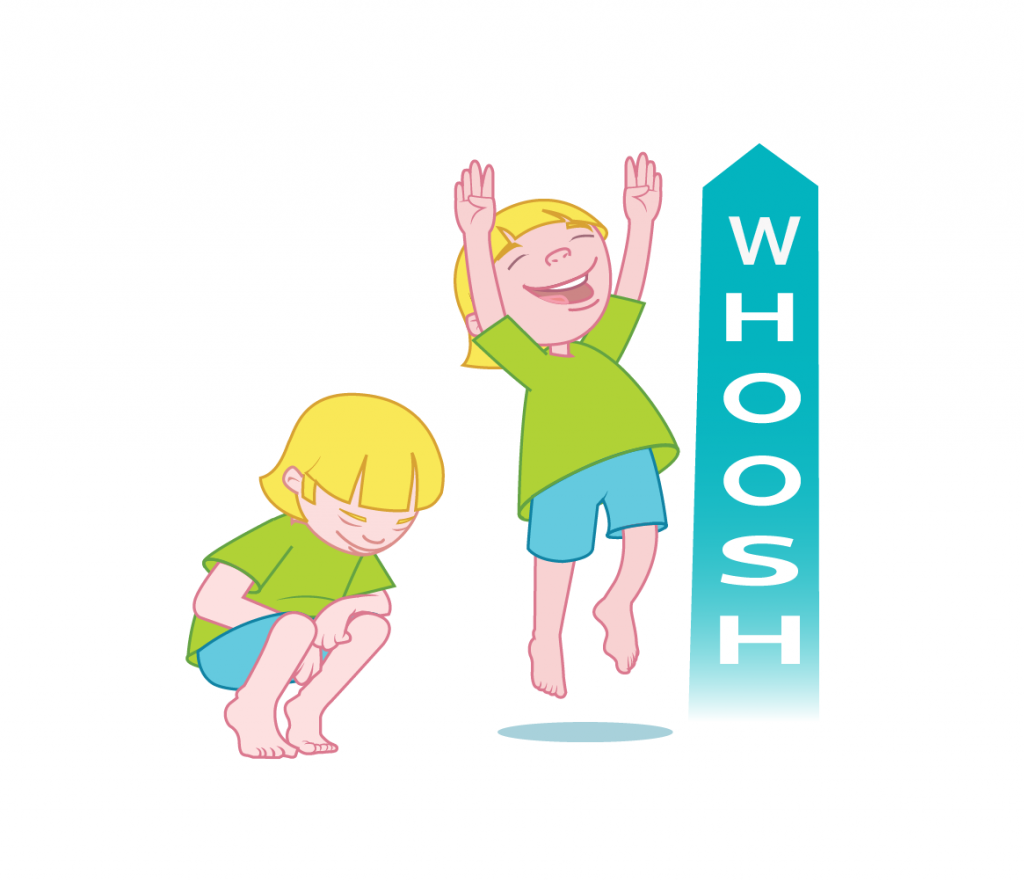
Shape Shifting
As we become more skillful

Shape Shifting
As we progress
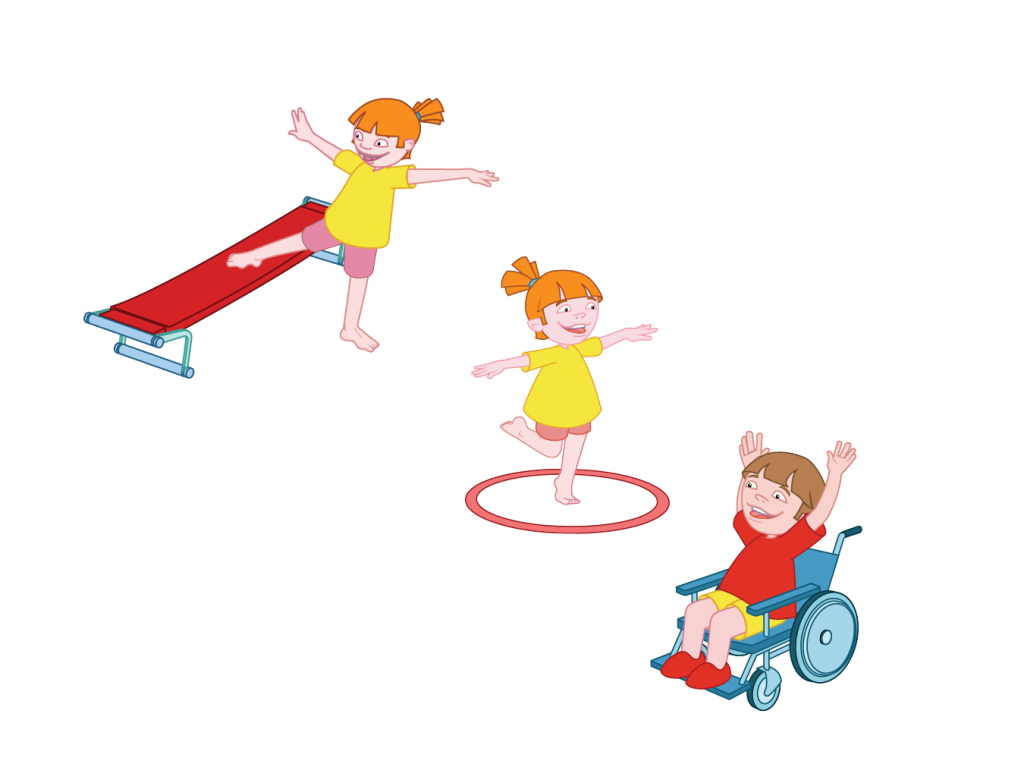
Shape Shifting
As we develop

Picture Trail
As we become more skillful
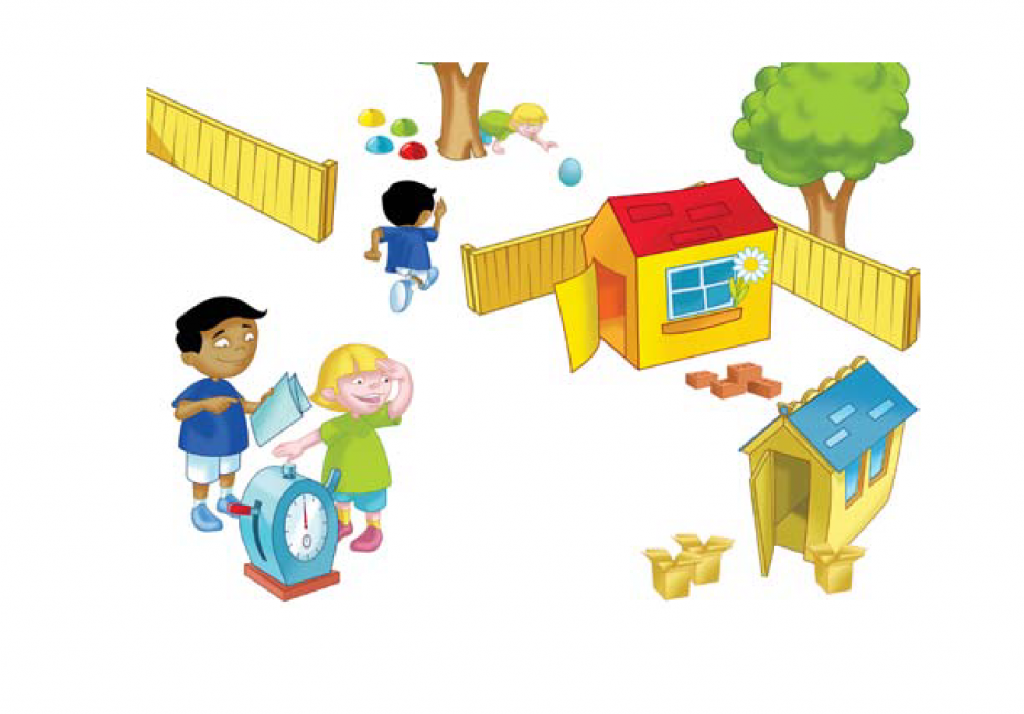
Picture Trail
As we progress

Picture Trail
As we develop
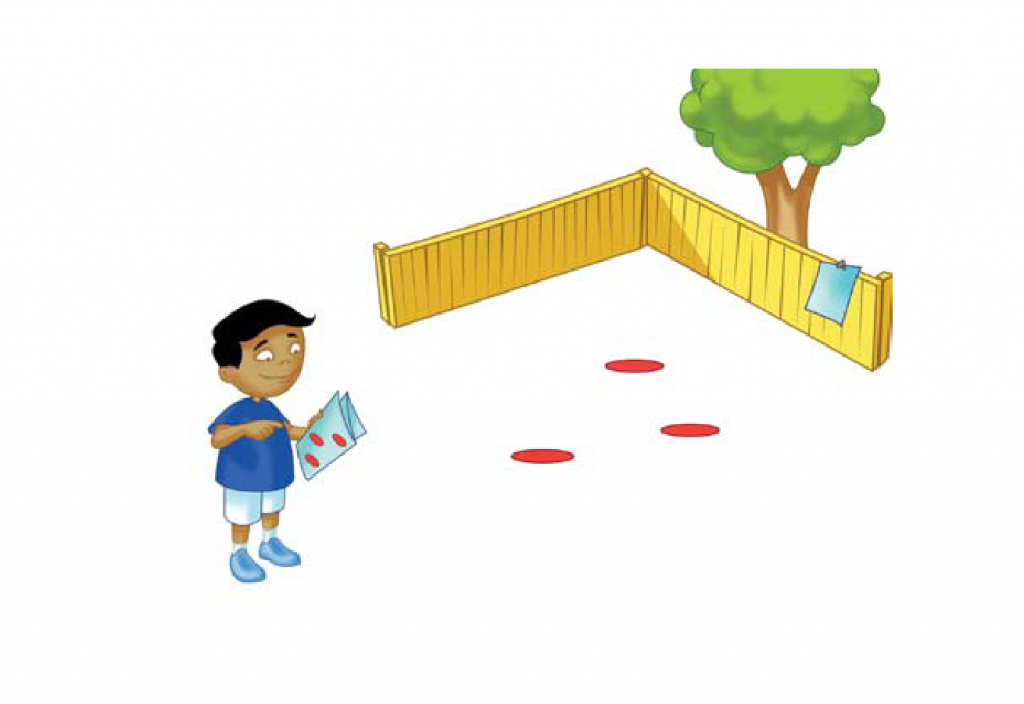
Pebble Plop
As we become more skillful
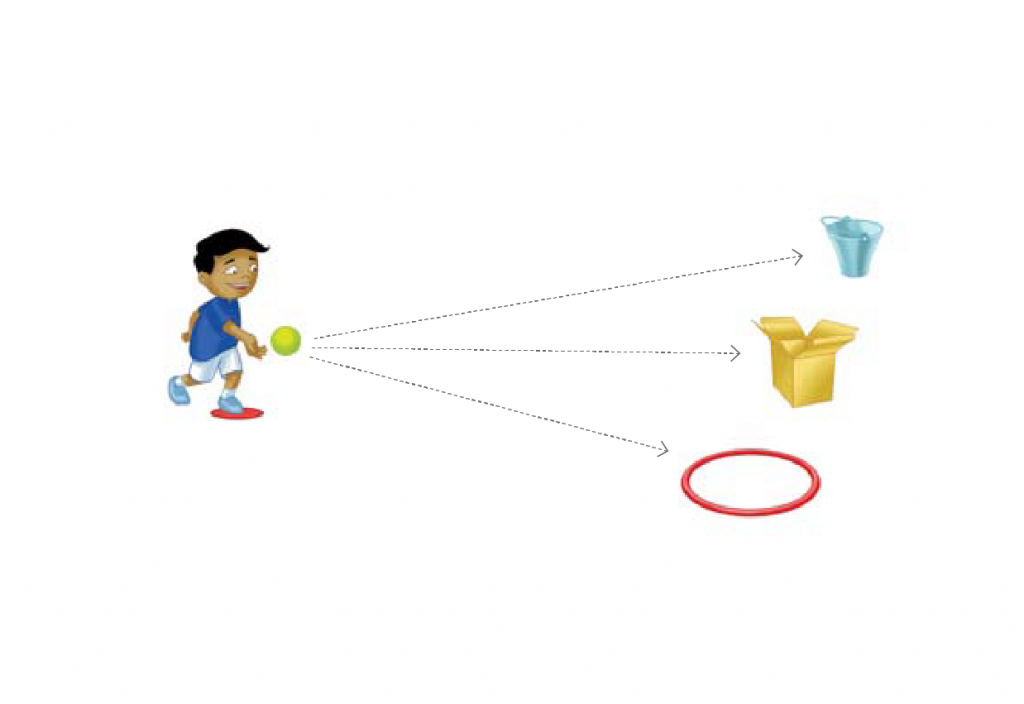
Pebble Plop
As we progress

Pebble Plop
As we develop
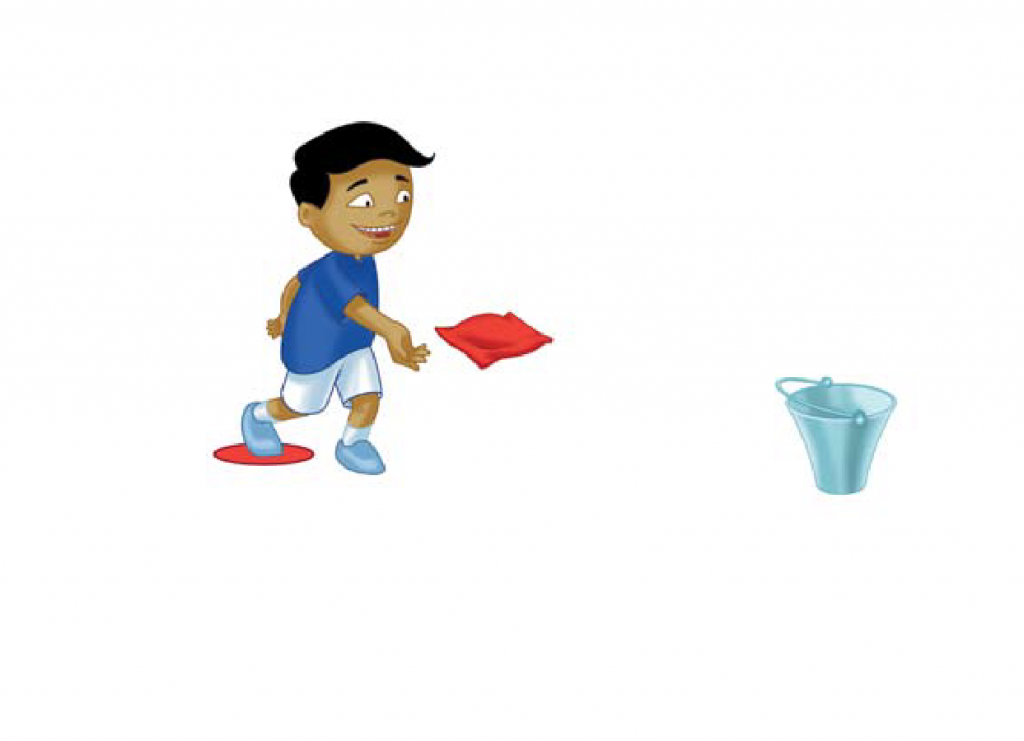
Patterns and Pathways
As we become more skillful

Patterns and Pathways
As we progress
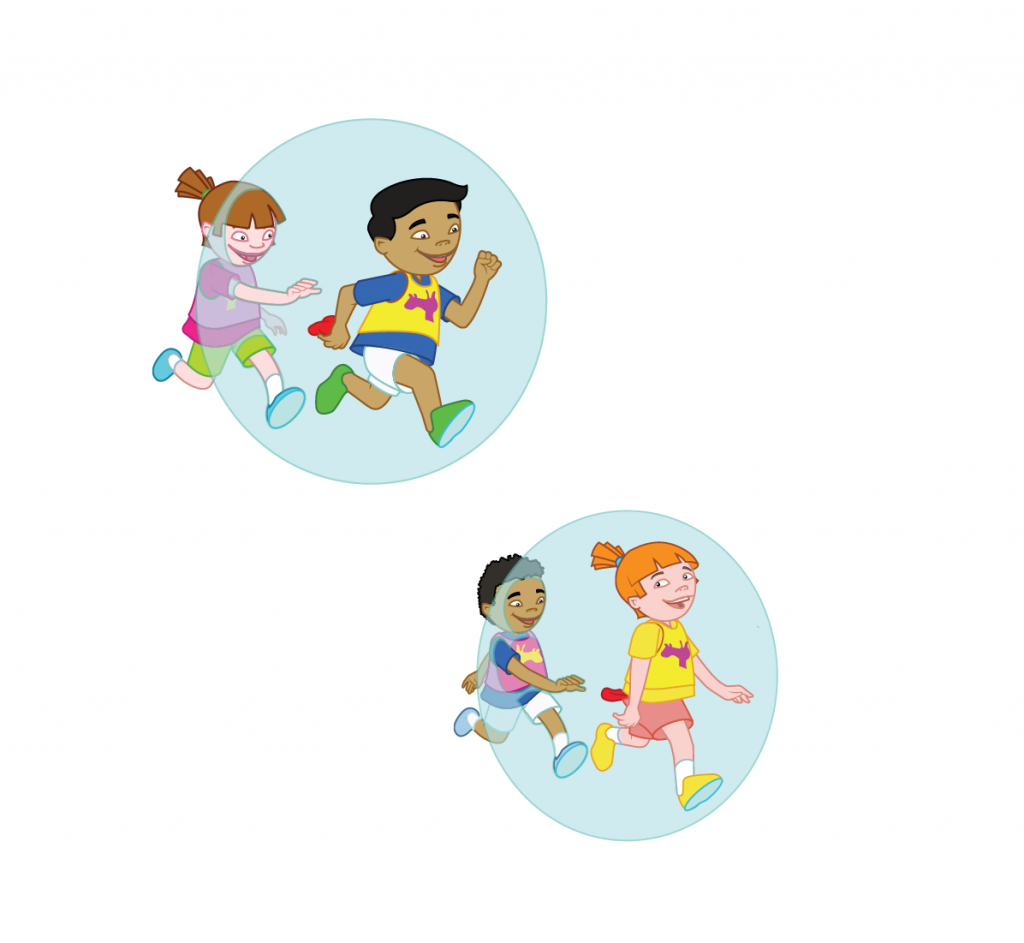
Patterns and Pathways
As we develop
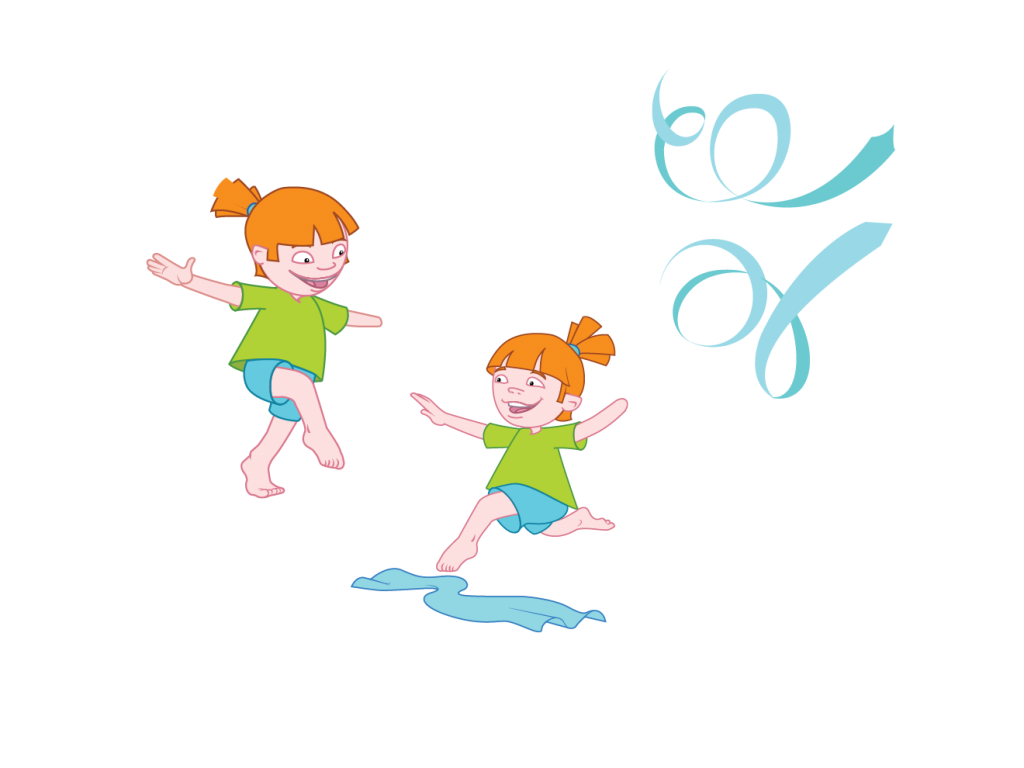
Myths and Legends
As we become more skillful
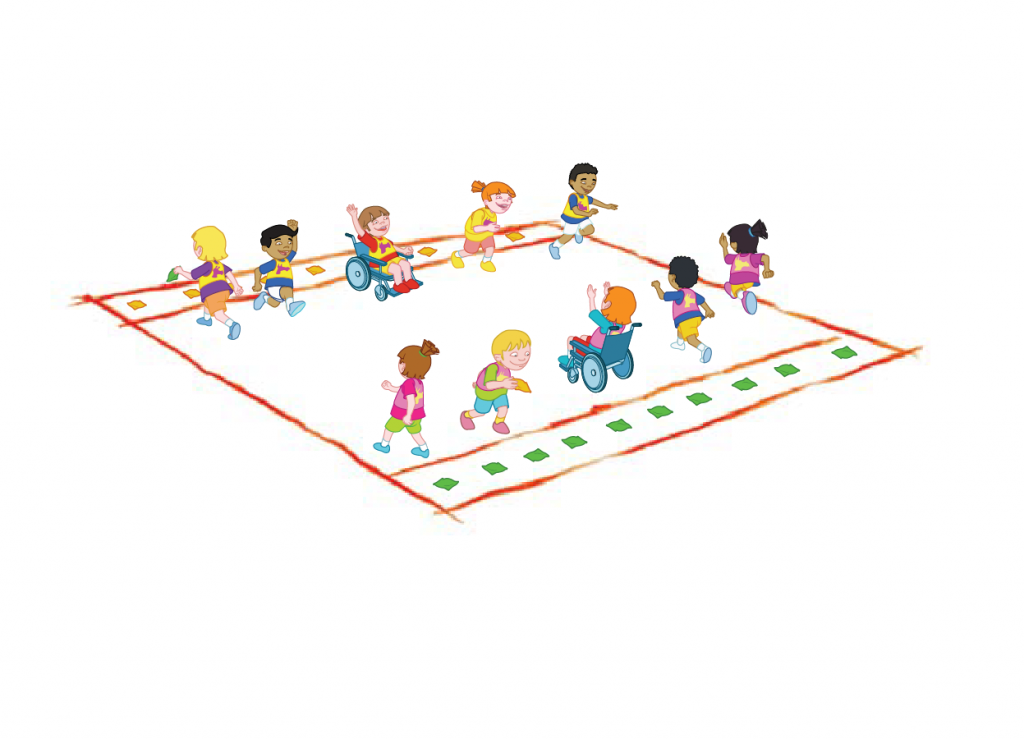
Myths and Legends
As we progress
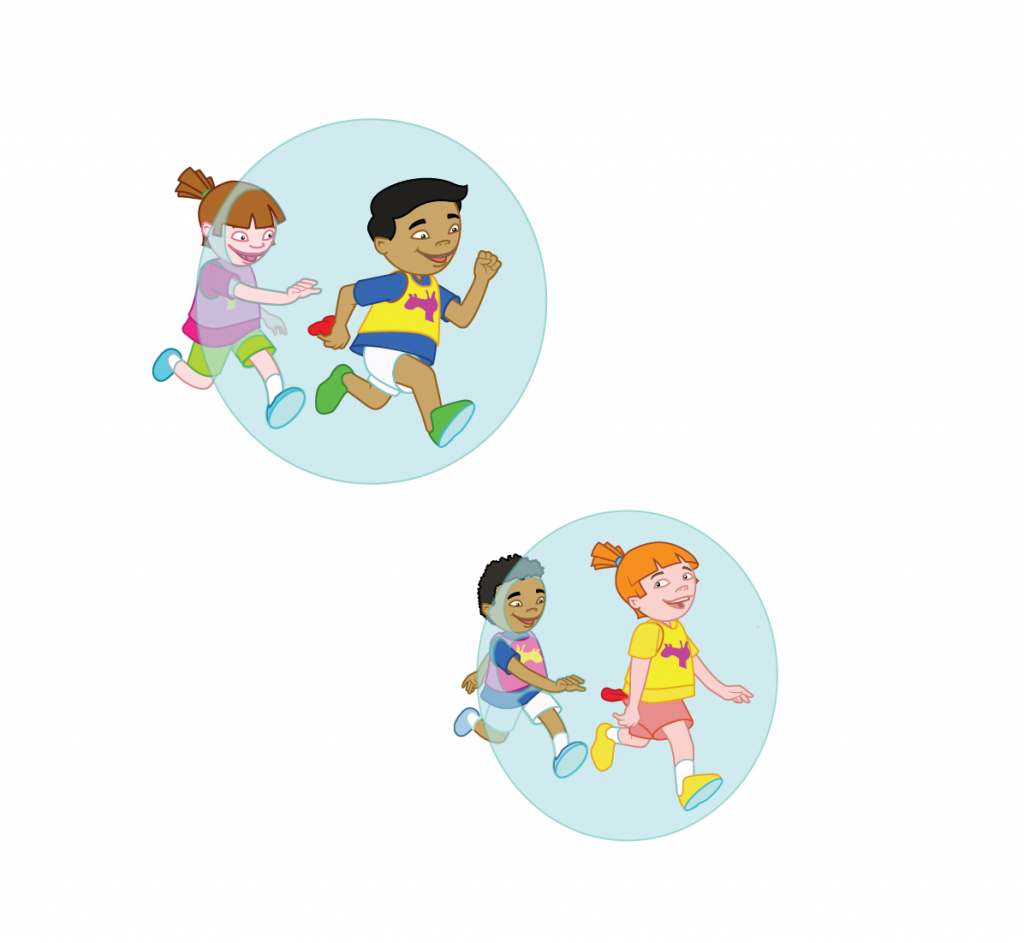
Myths and Legends
As we develop
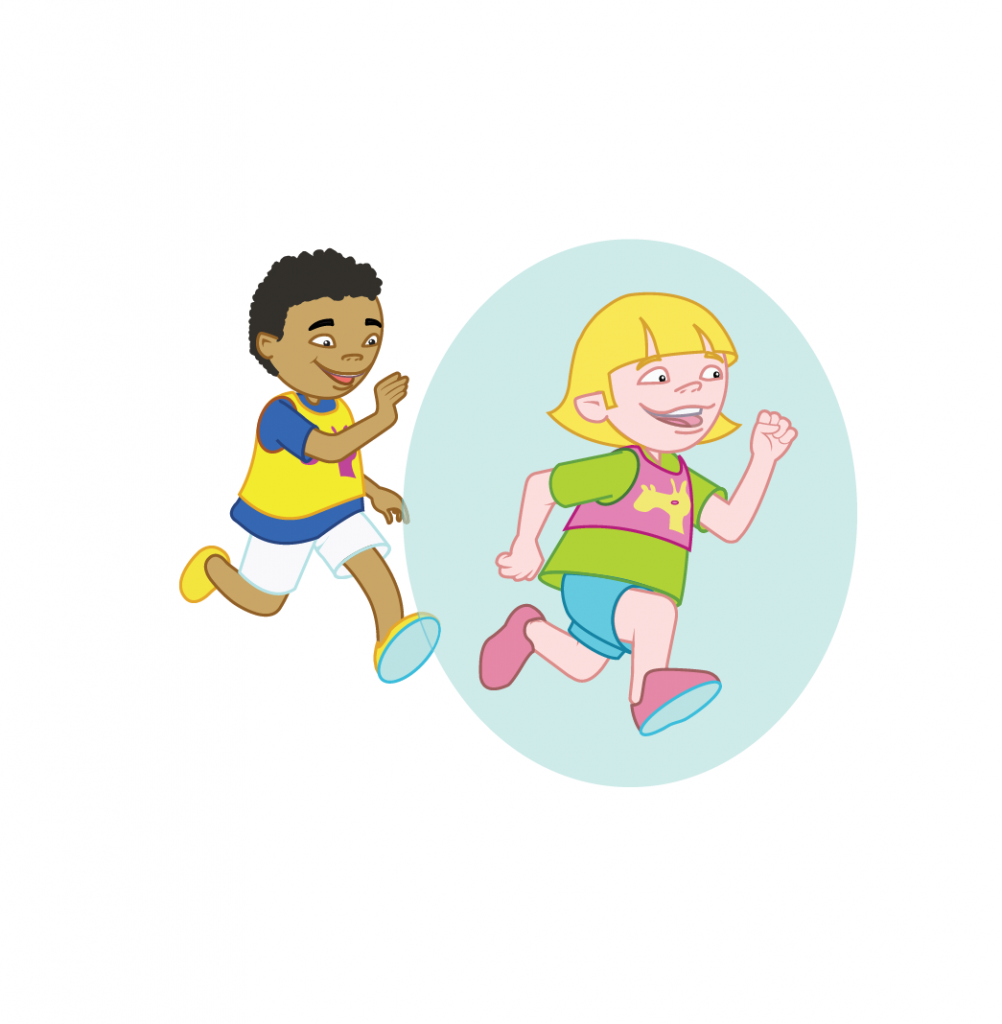
Me to You to Me
As we become more skillful
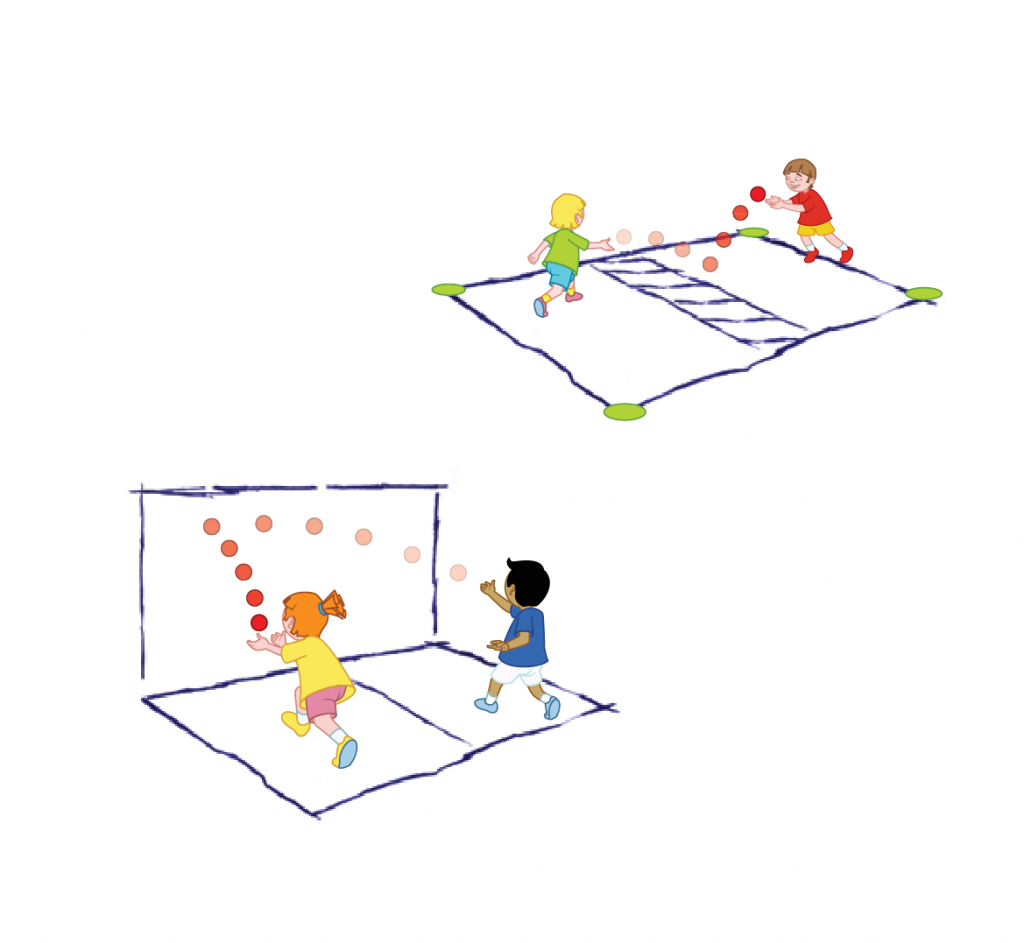
Me to You to Me
As we progress

Me to You to Me
As we develop

Jumping Jade
As we become more skillful
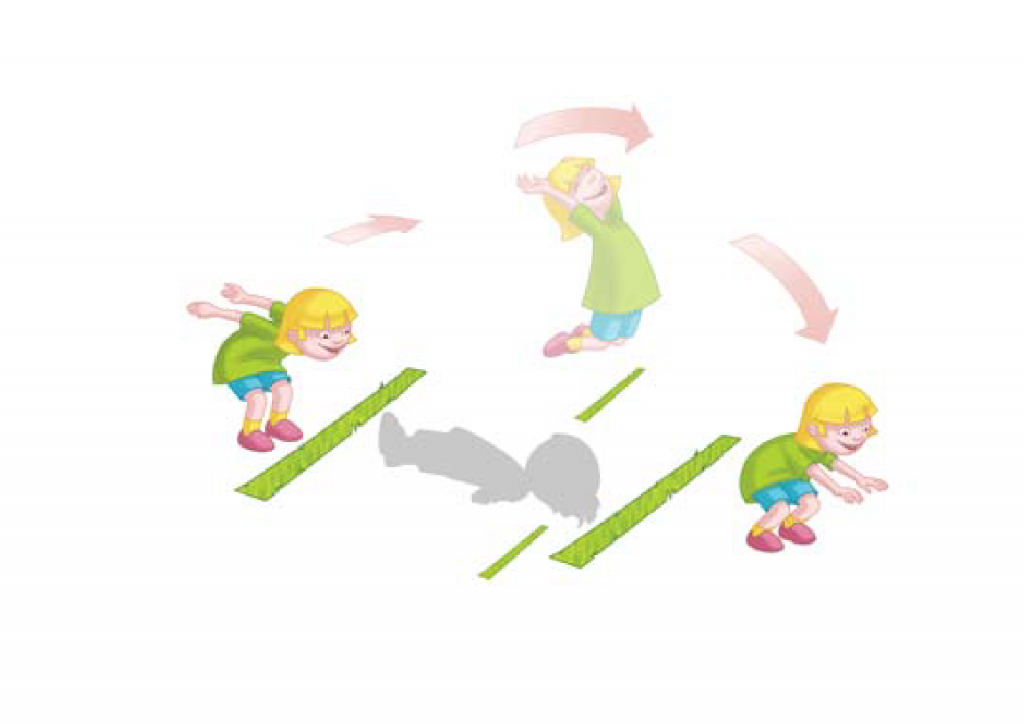
Jumping Jade
As we progress
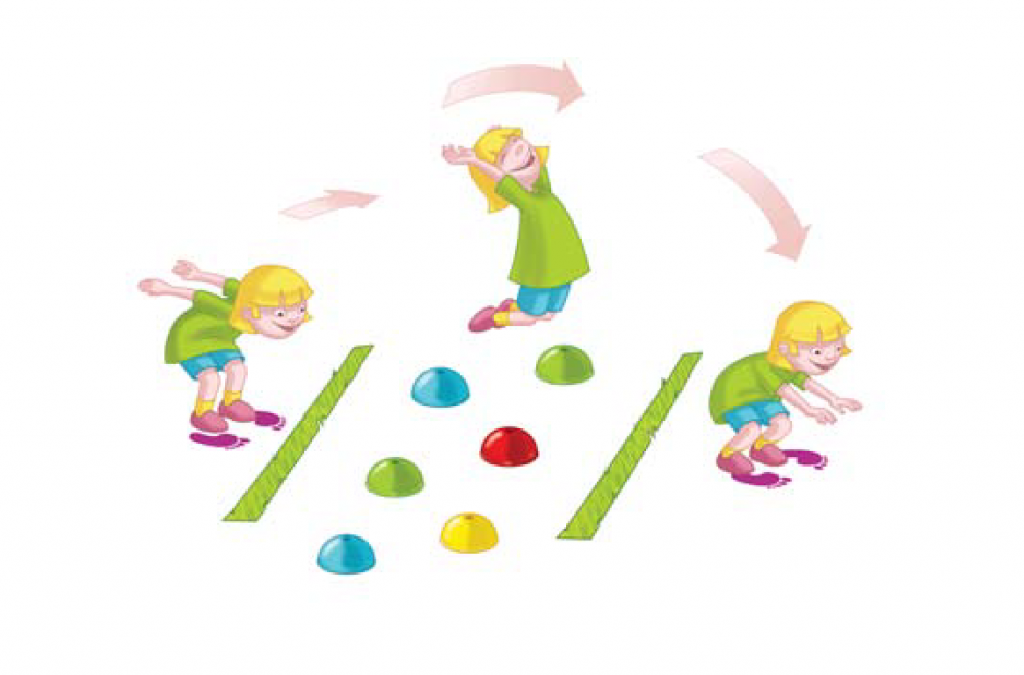
Jumping Jade
As we develop
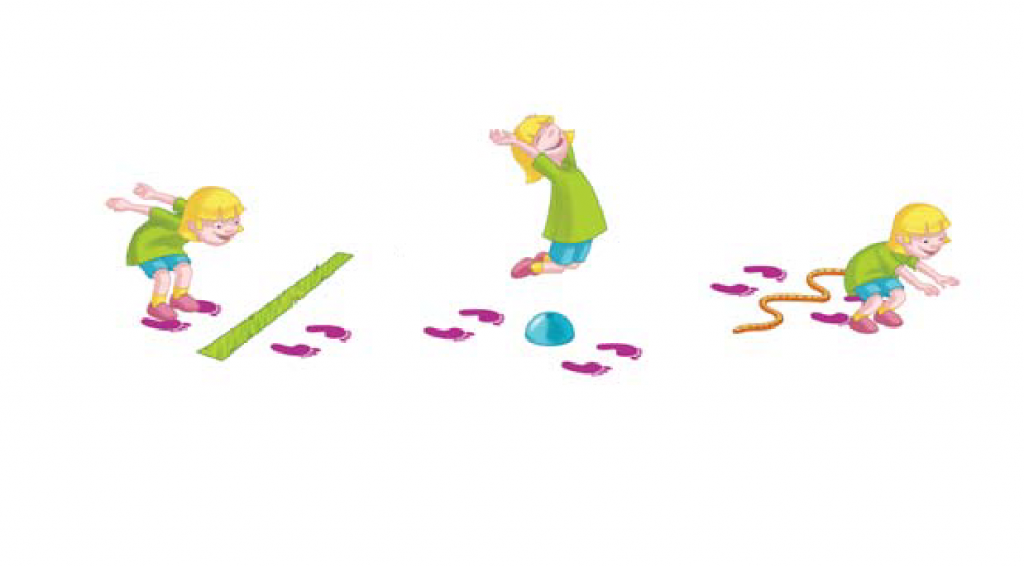
Free Spots
As we become more skillful
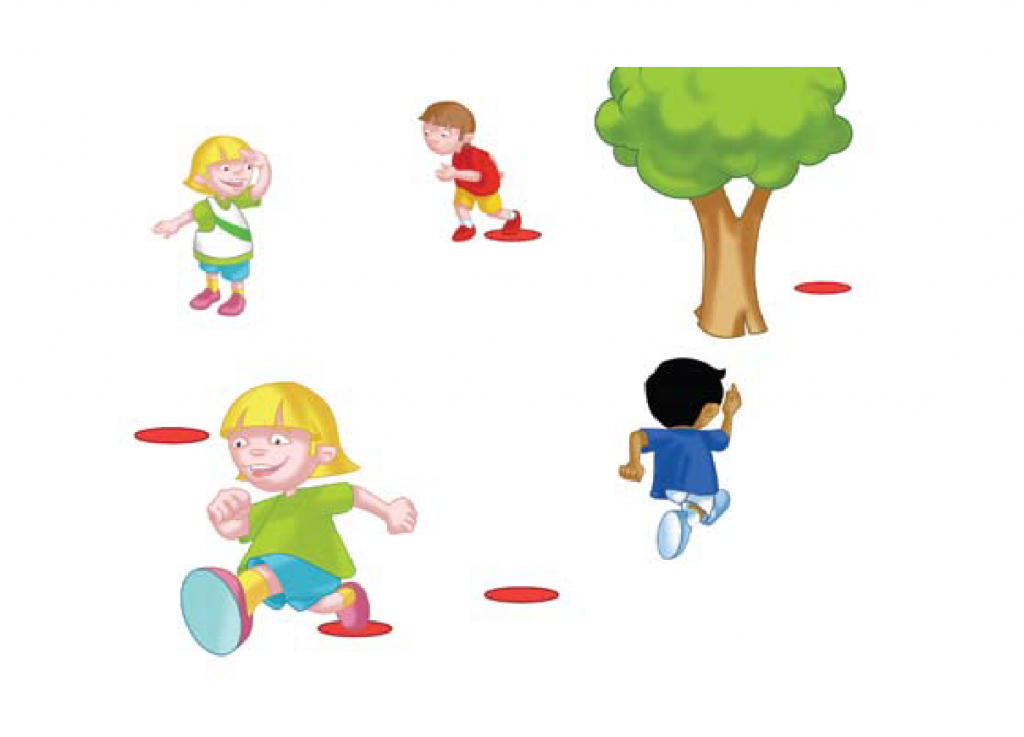
Free Spots
As we progress
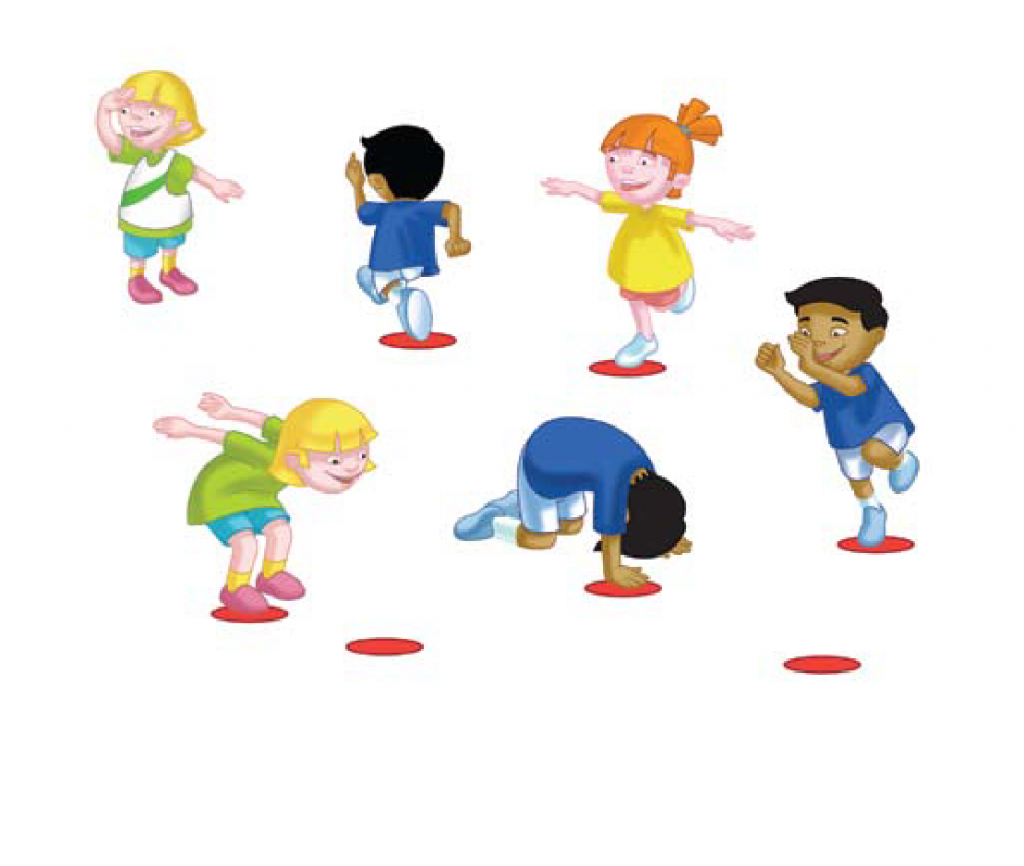
Free Spots
As we develop
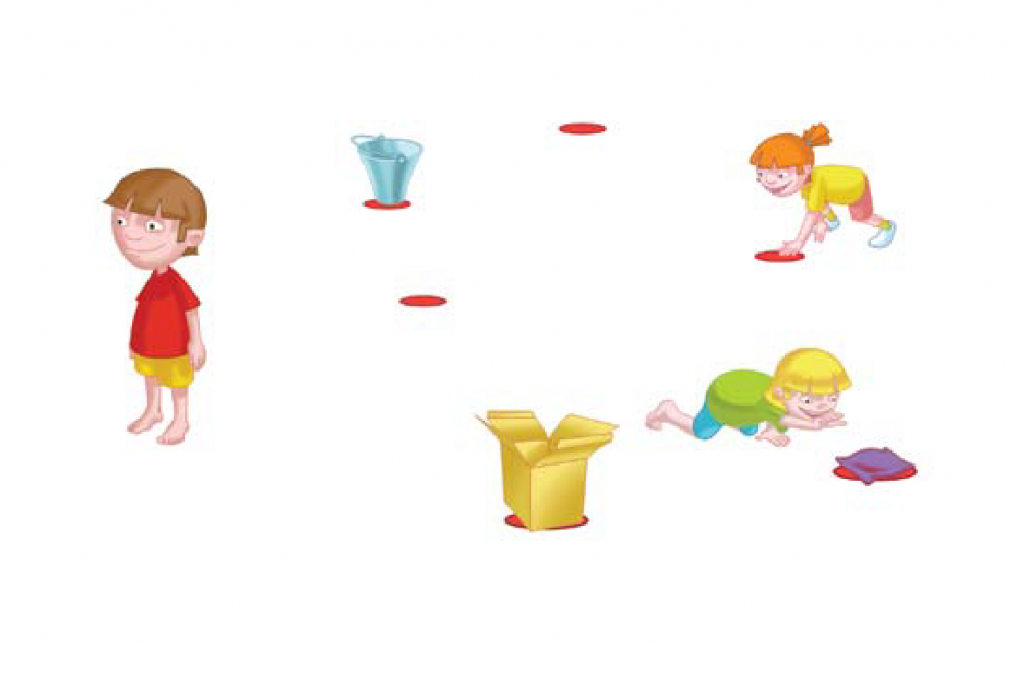
Dragon Egg Hunt
As we become more skillful

Dragon Egg Hunt
As we progress
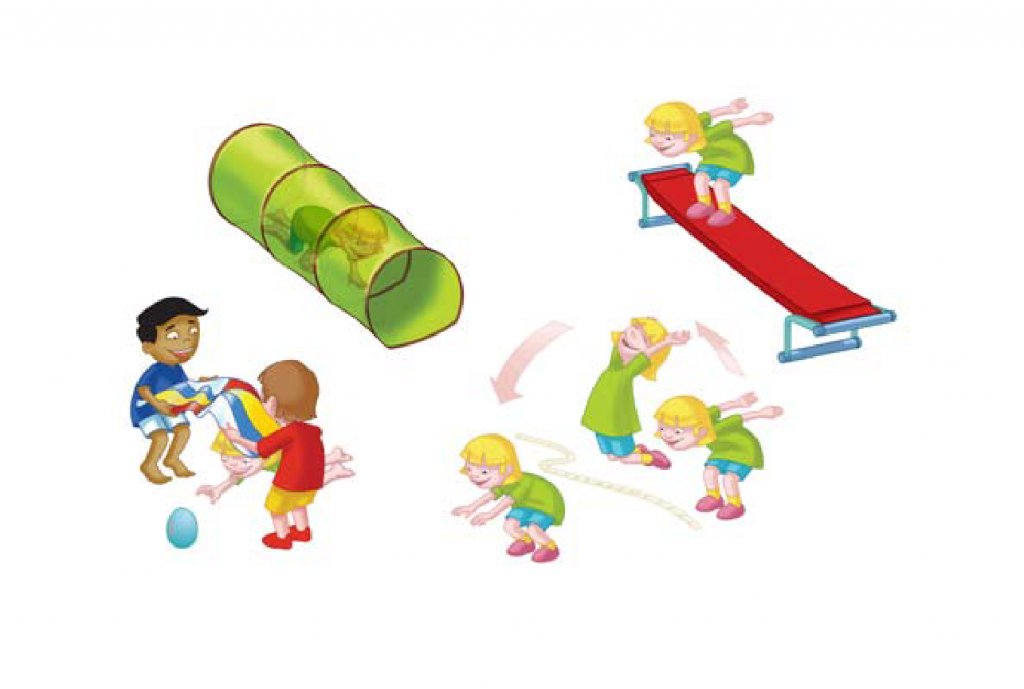
Dragon Egg Hunt
As we develop
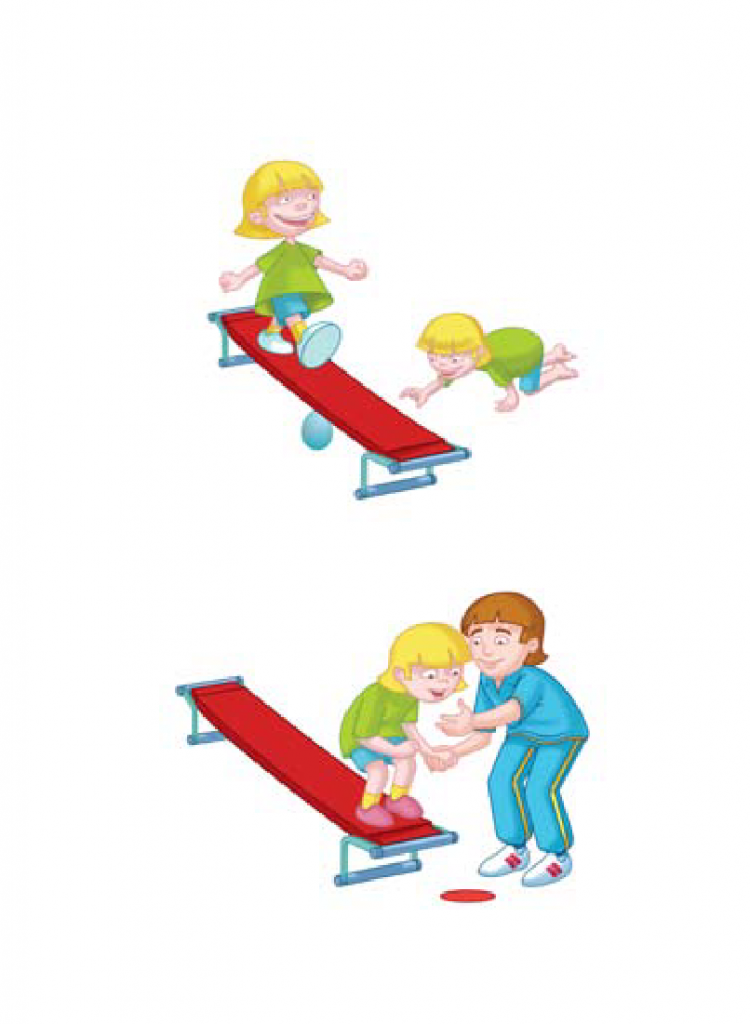
Dragon Dance
As we become more skillful
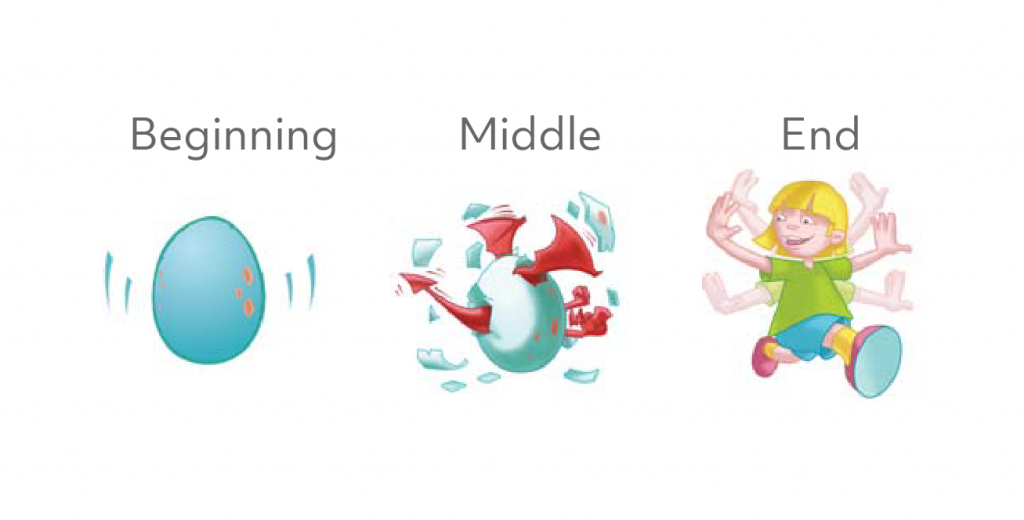
Dragon Dance
As we progress
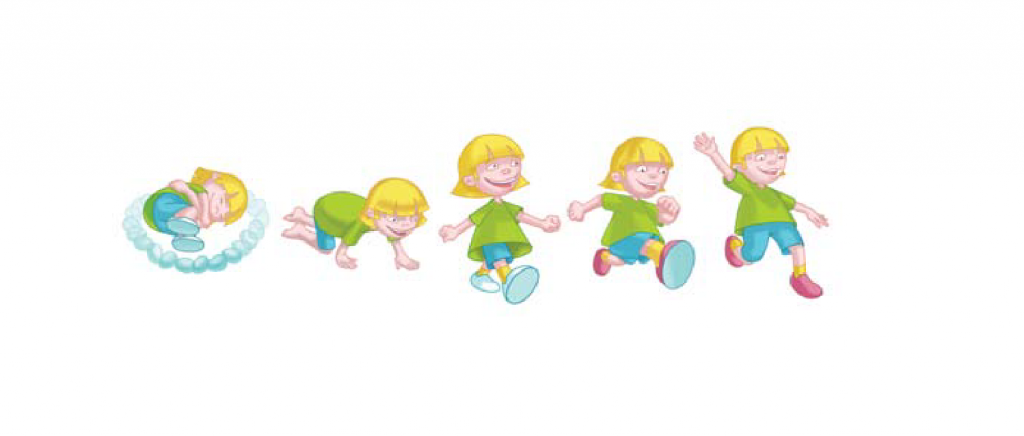
Dragon Dance
As we develop
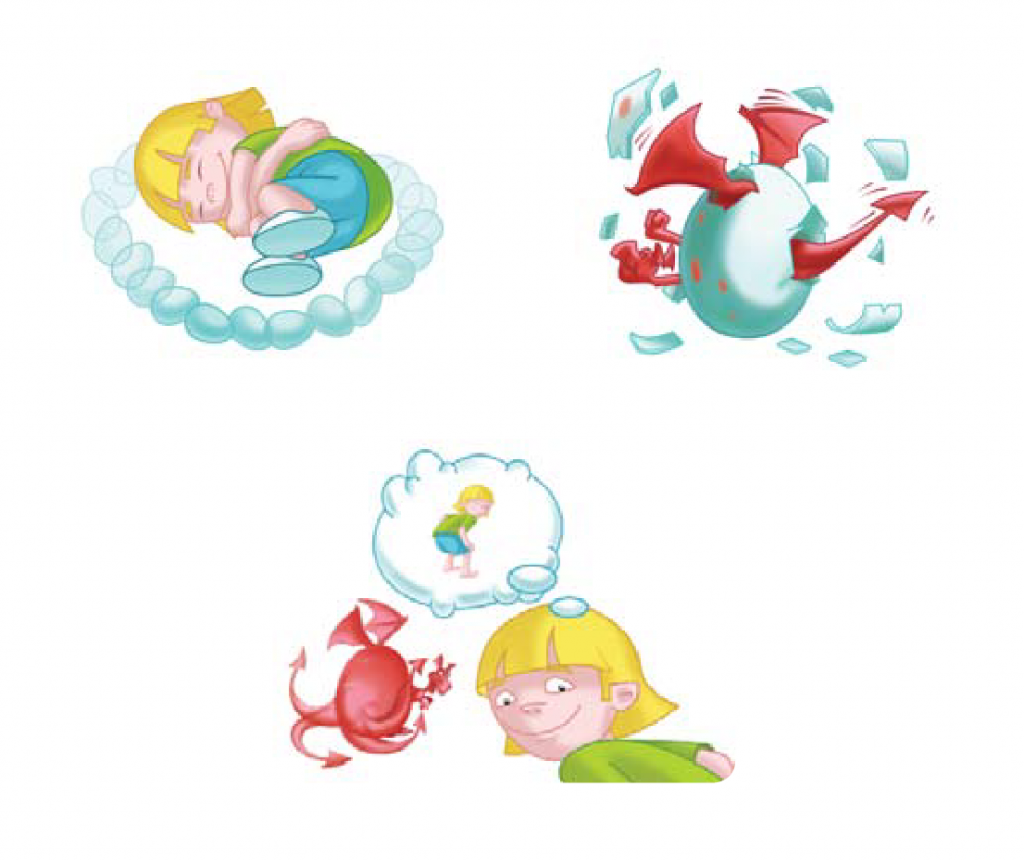
Creature Chaos
As we become more skillful
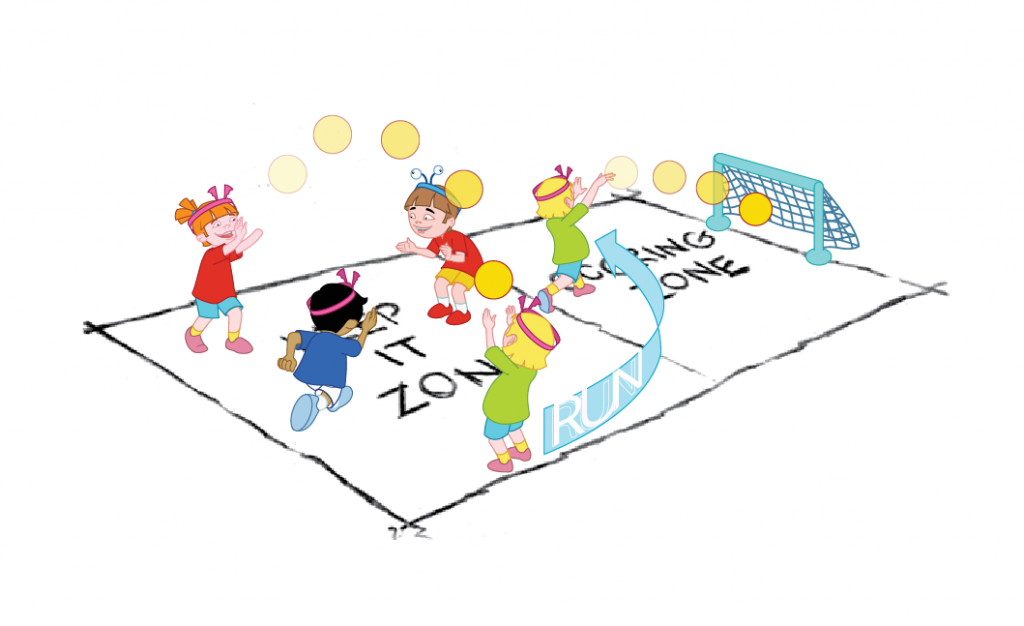
Creature Chaos
As we progress
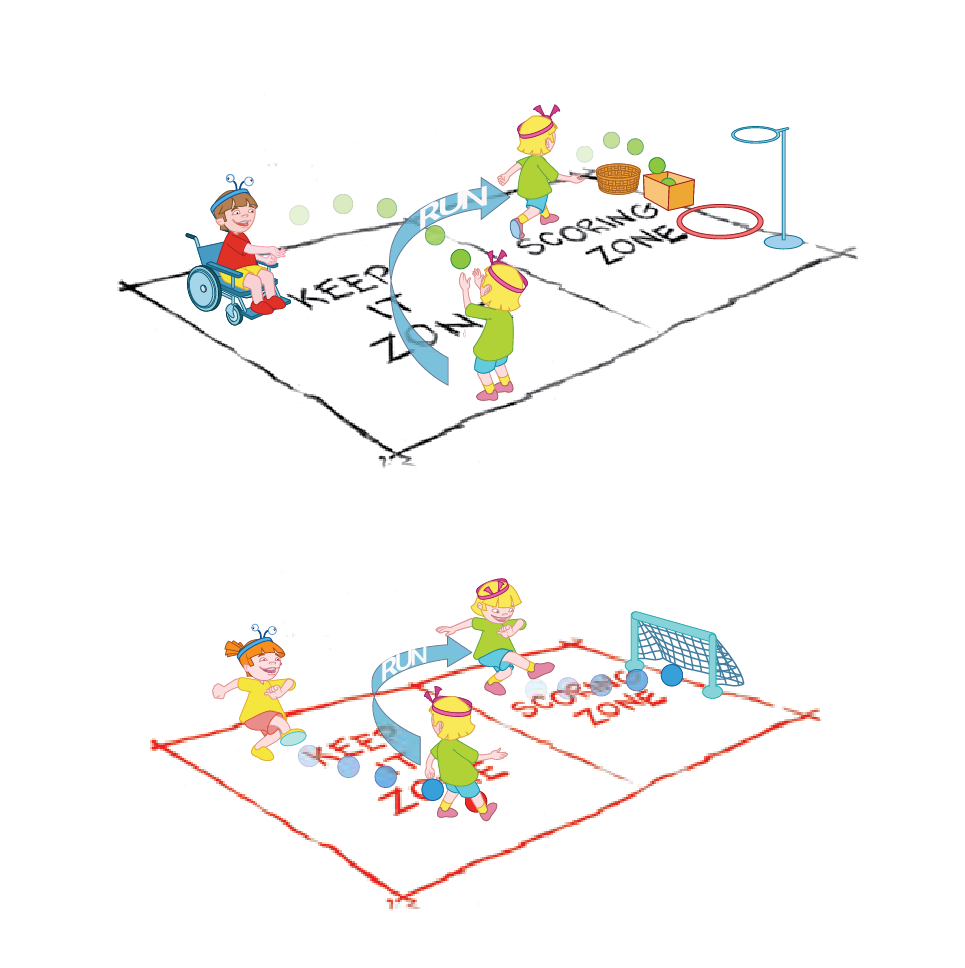
Creature Chaos
As we develop

Crazy Capers
As we become more skillful
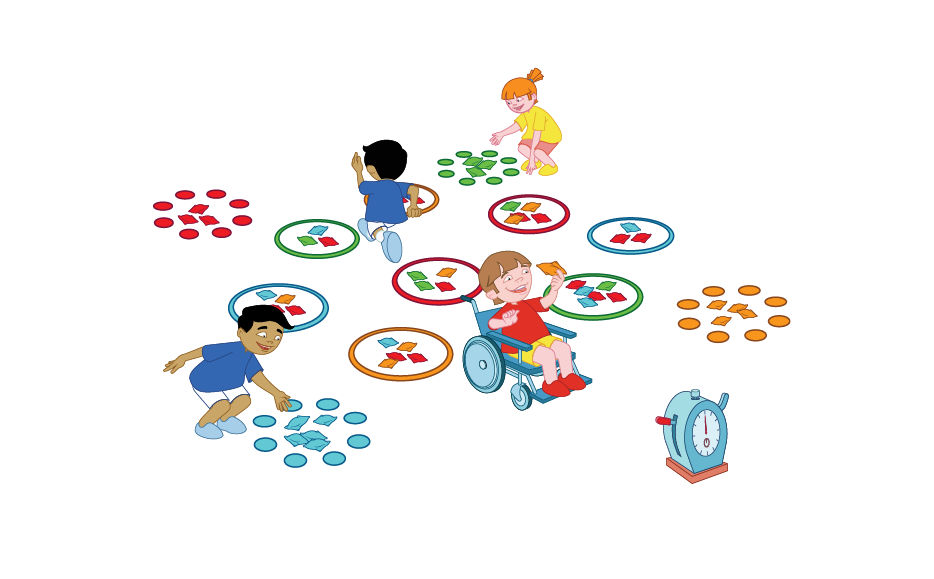
Crazy Capers
As we progress

Crazy Capers
As we develop
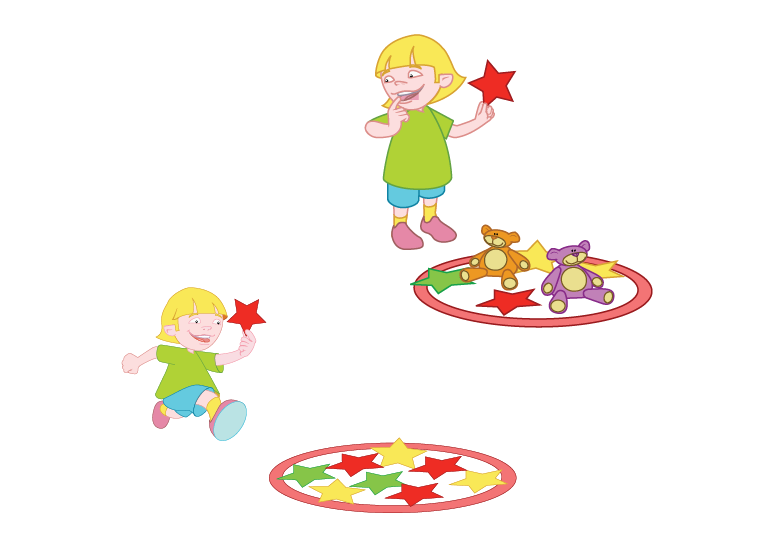
End to End
As we apply our skills
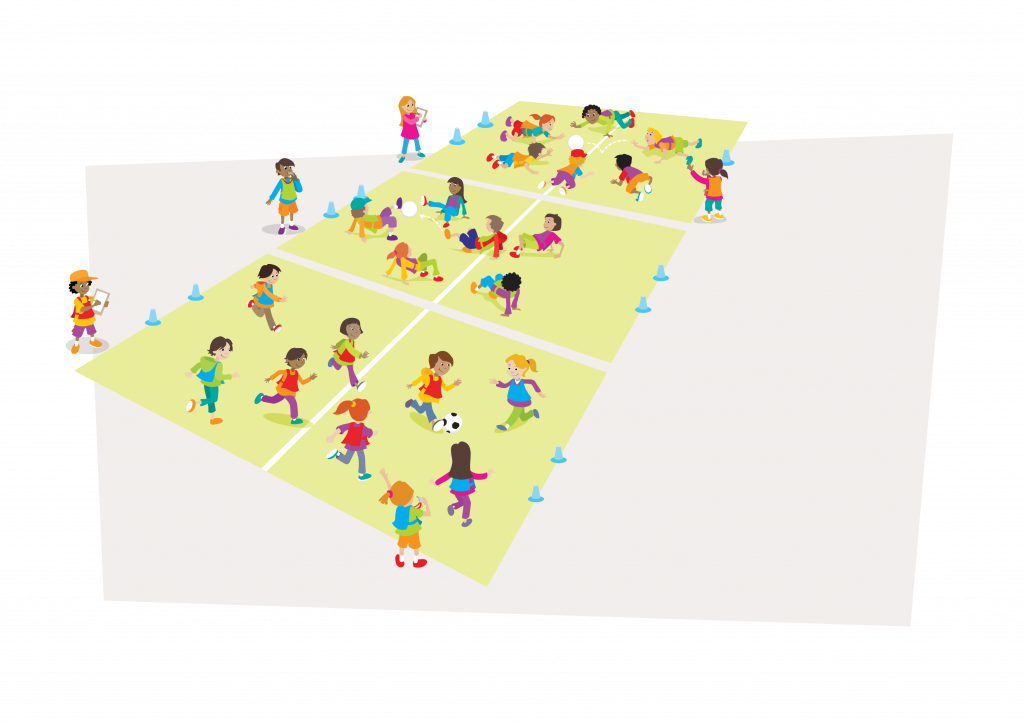
Dragon Egg Hunt
As we apply our skills
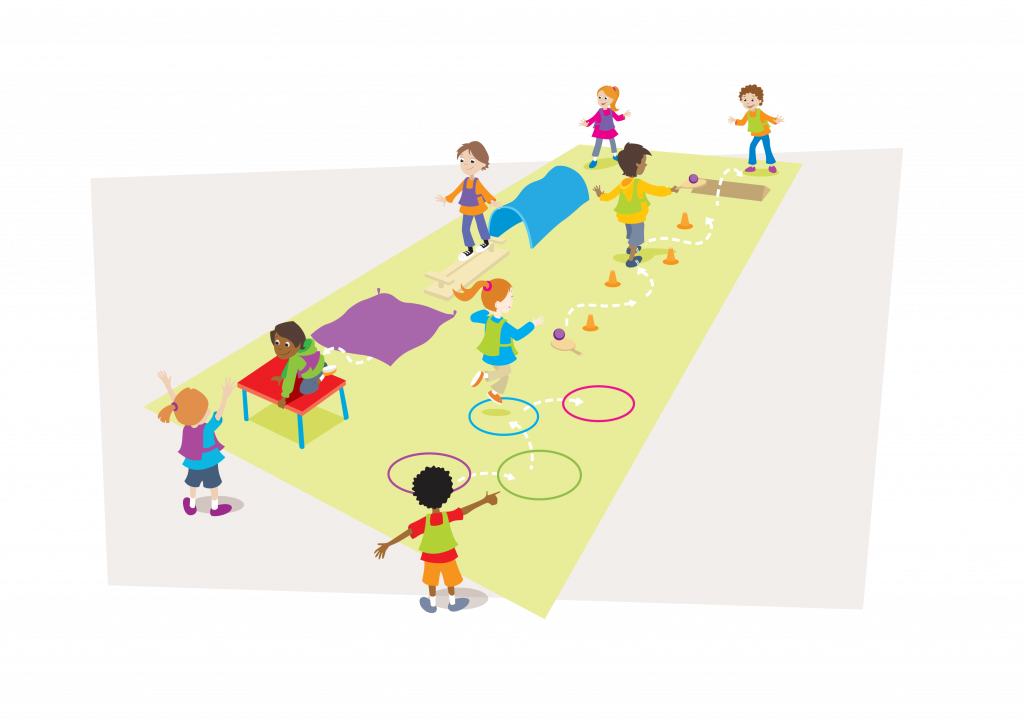
Dragon Dance
As we apply our skills
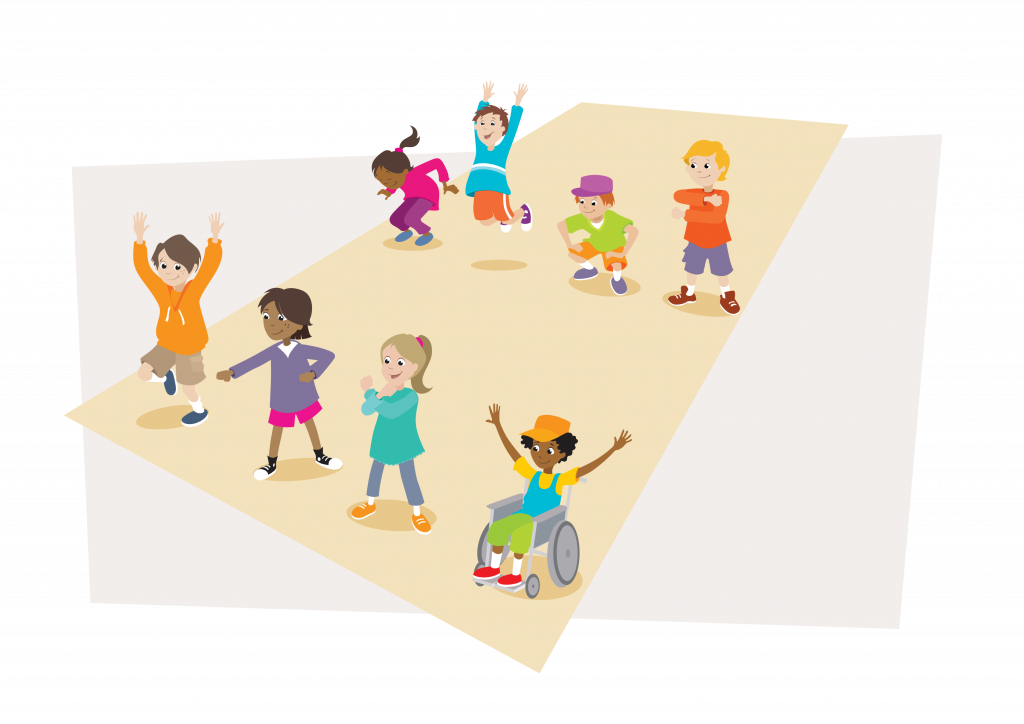
Creature Chaos
As we apply our skills

Free Spots
As we apply our skills
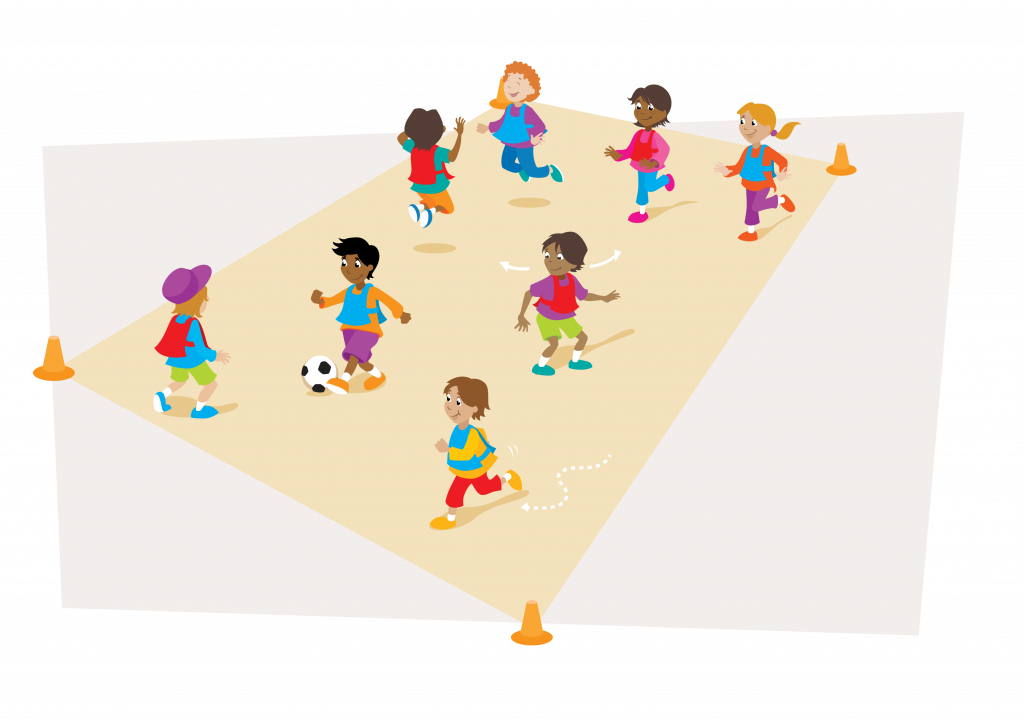
Crazy Capers
As we apply our skills
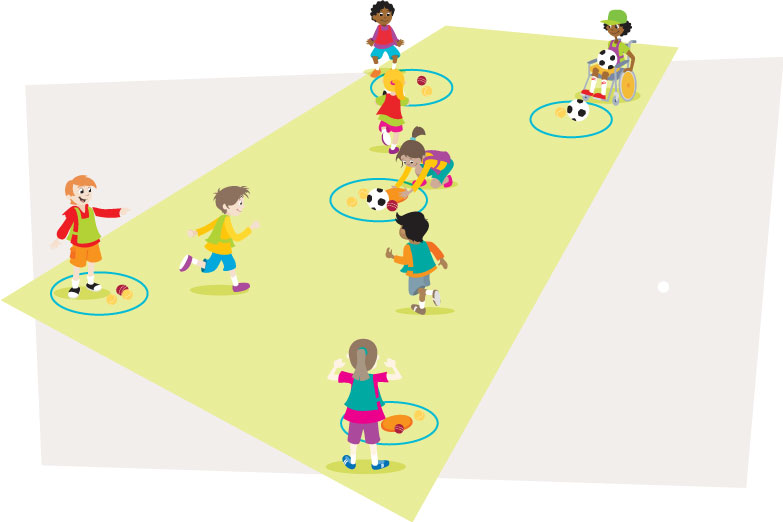
Me to You to Me
As we apply our skills
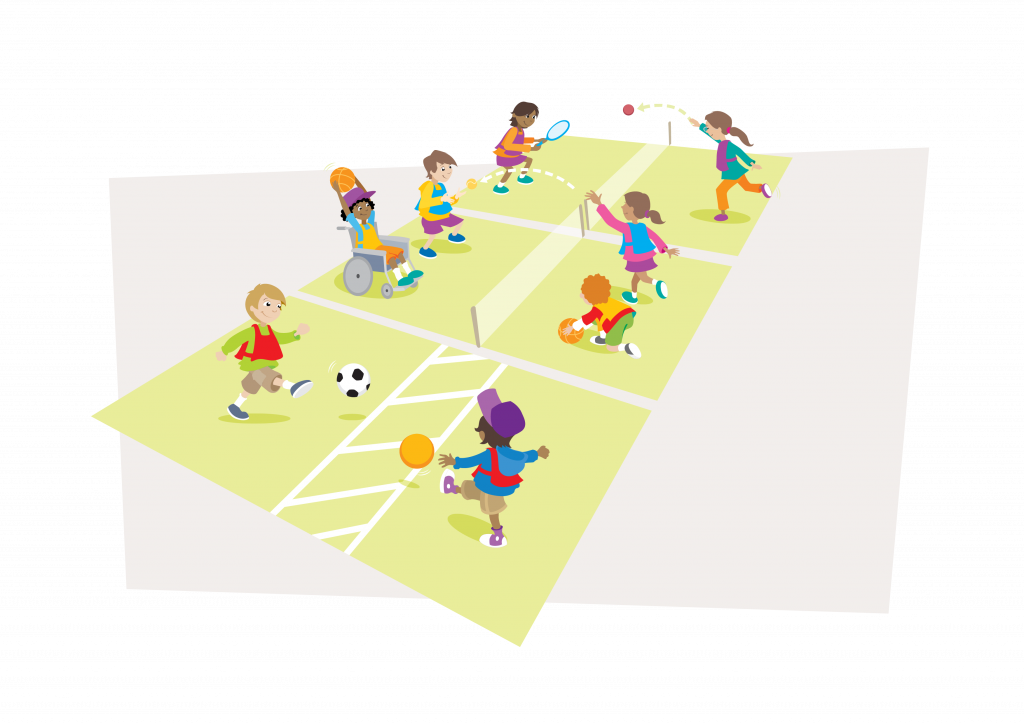
Picture Trail
As we apply our skills
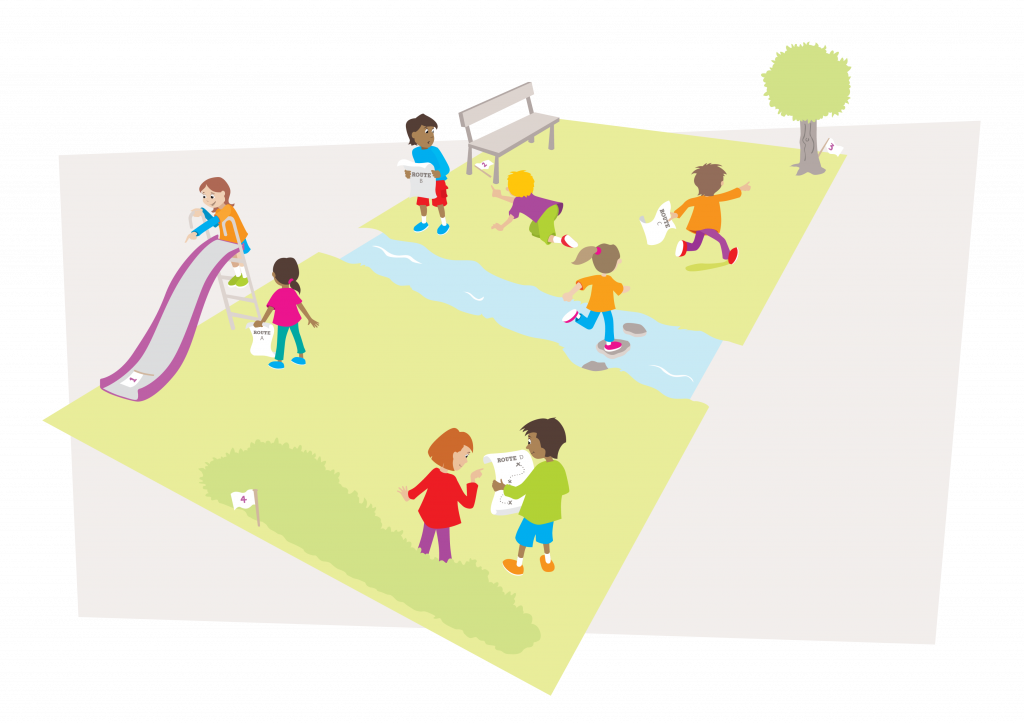
Crazy Capers
As we apply our skills

Shape Shifting
As we apply our skills
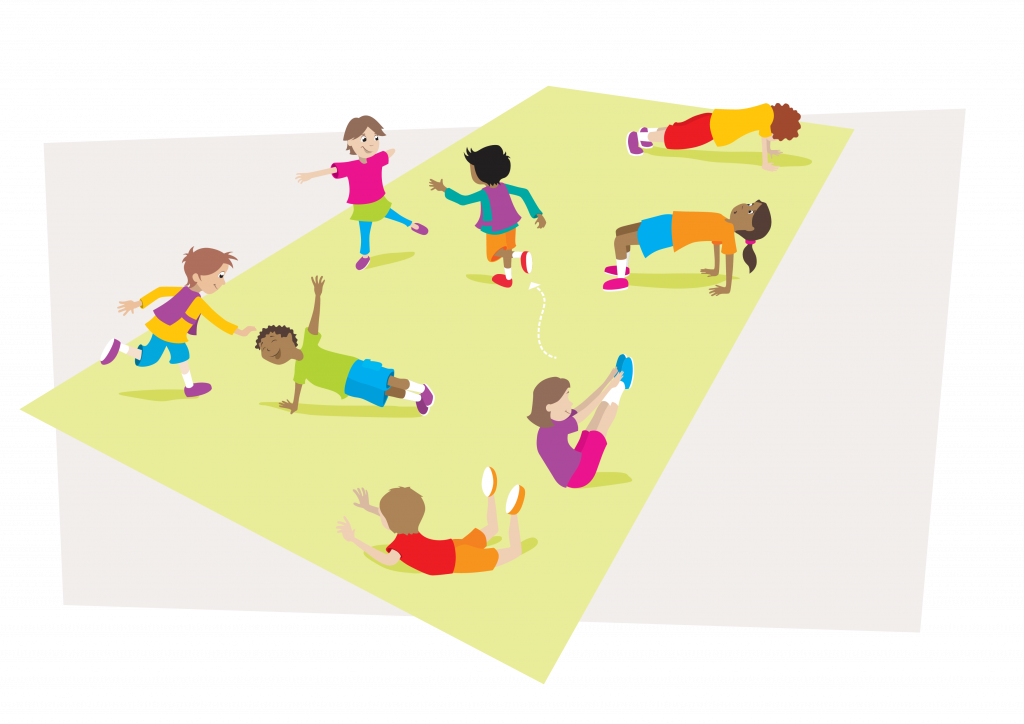
Free Spots
As we apply our skills

Tip and Run
As we apply our skills

Tag Team Tennis
As we apply our skills
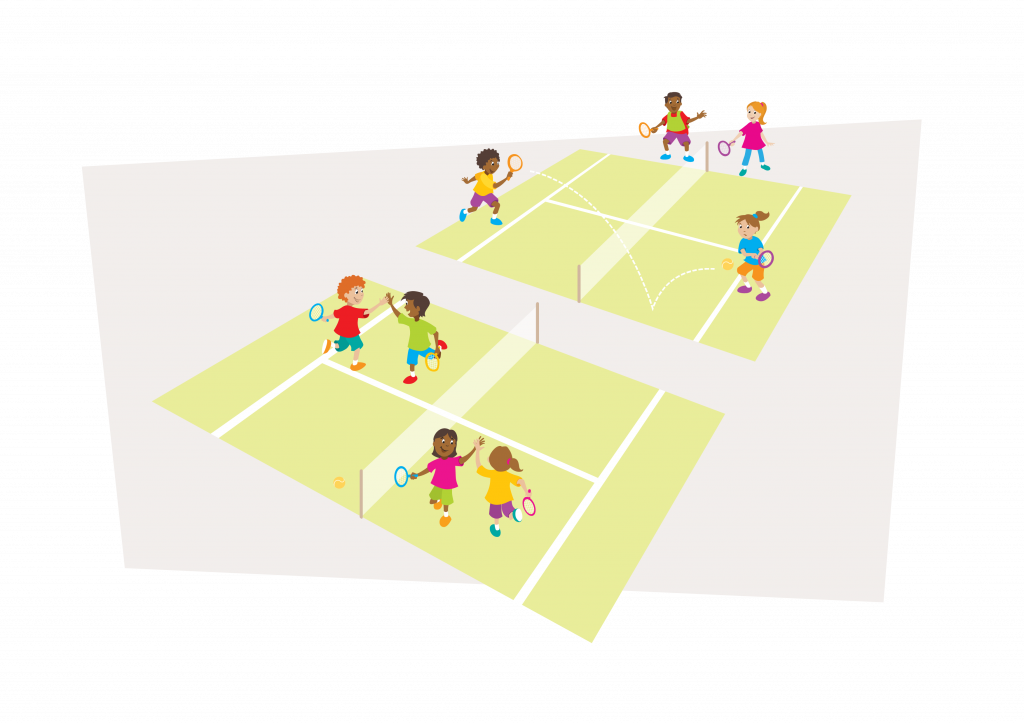
Team Cones
As we apply our skills
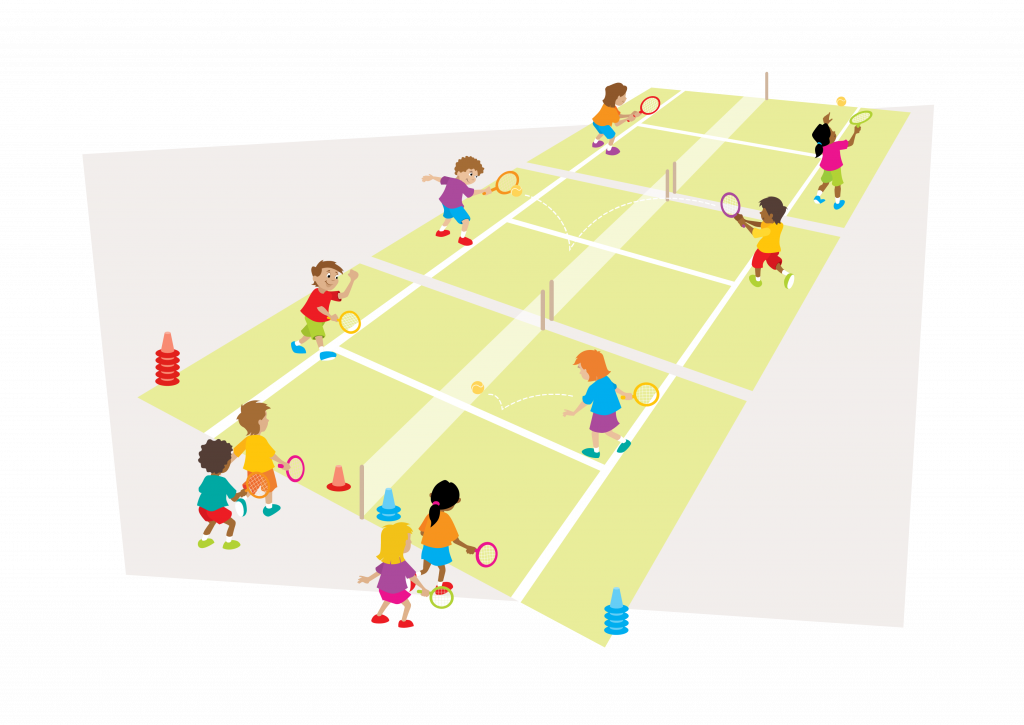
Tag Rugby
As we apply our skills
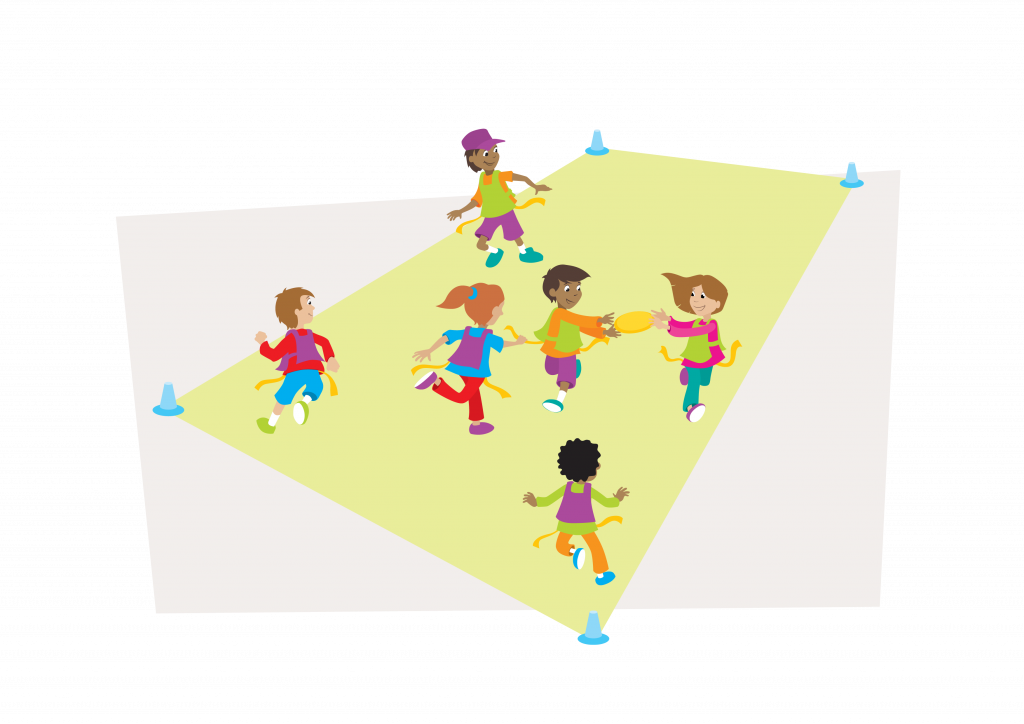
Funky Fives
As we apply our skills
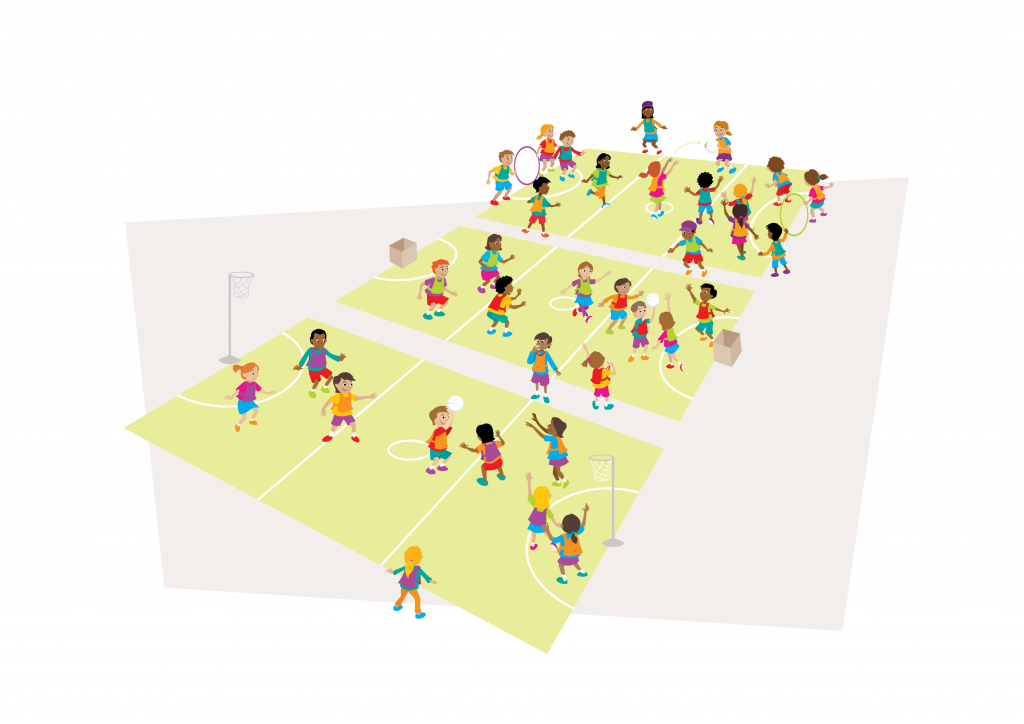
Shooting Stars
As we apply our skills
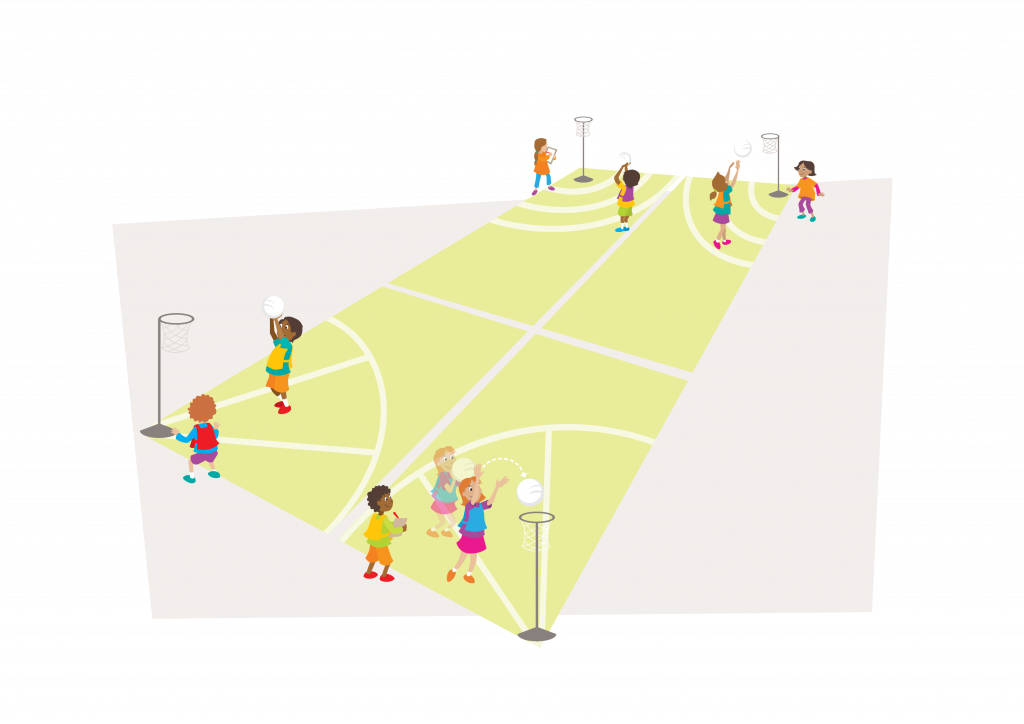
Sixes
As we apply our skills in a variety of contexts

Keep Score
As we apply our skills
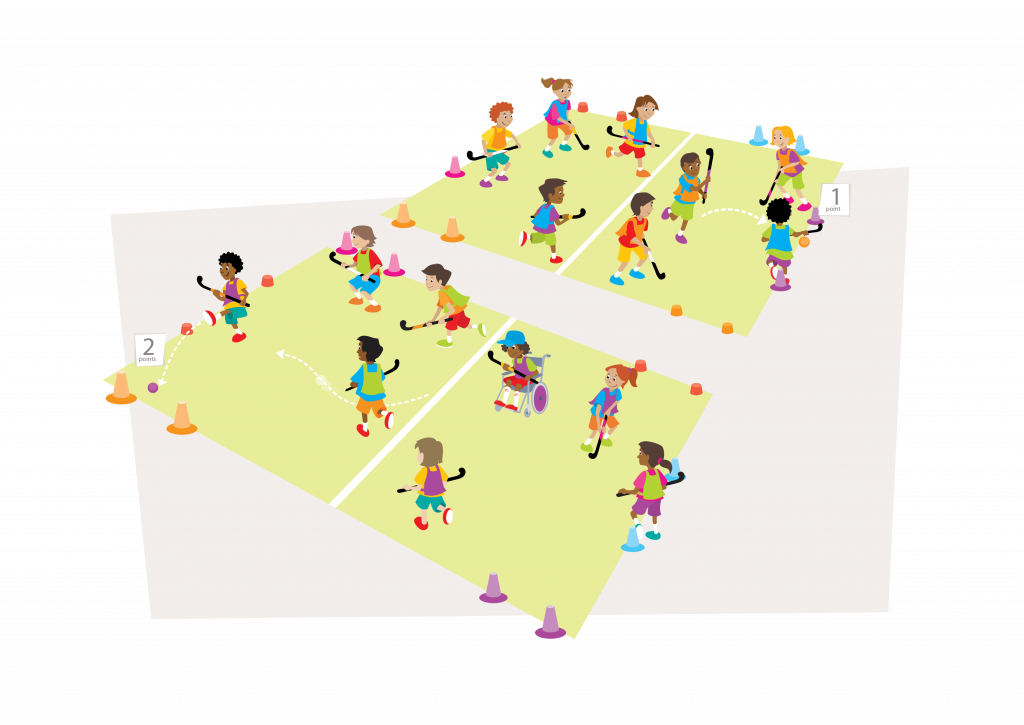
In the Zone
As we apply our skills
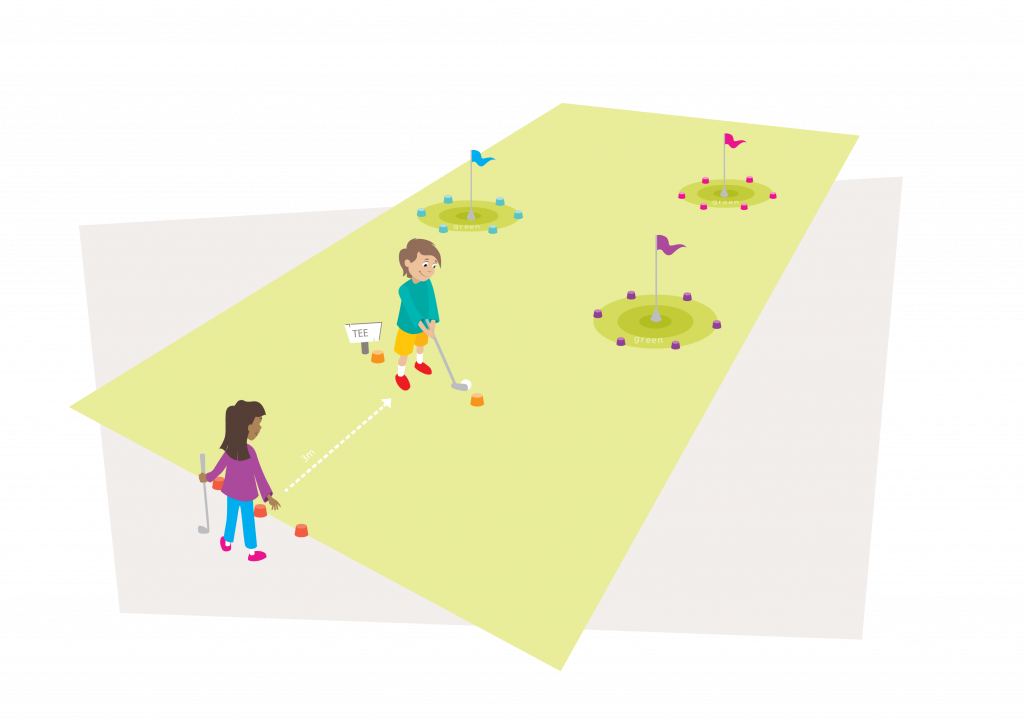
Playing Around
As we apply our skills in a variety of contexts

4 Goal
As we apply our skills
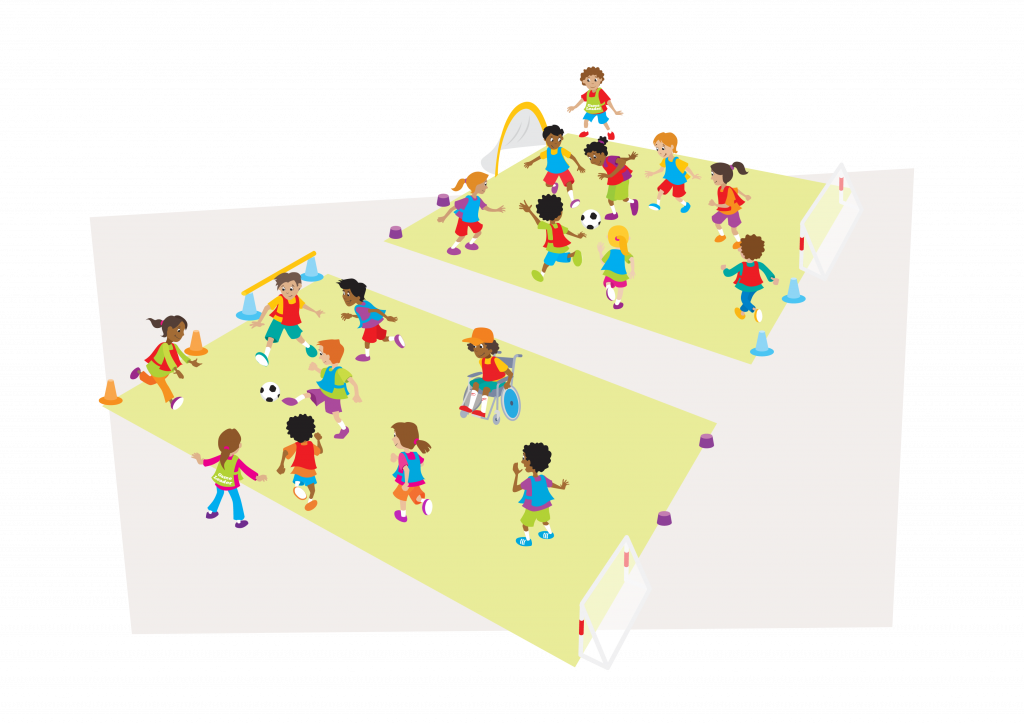
2 Goal
As we apply our skills
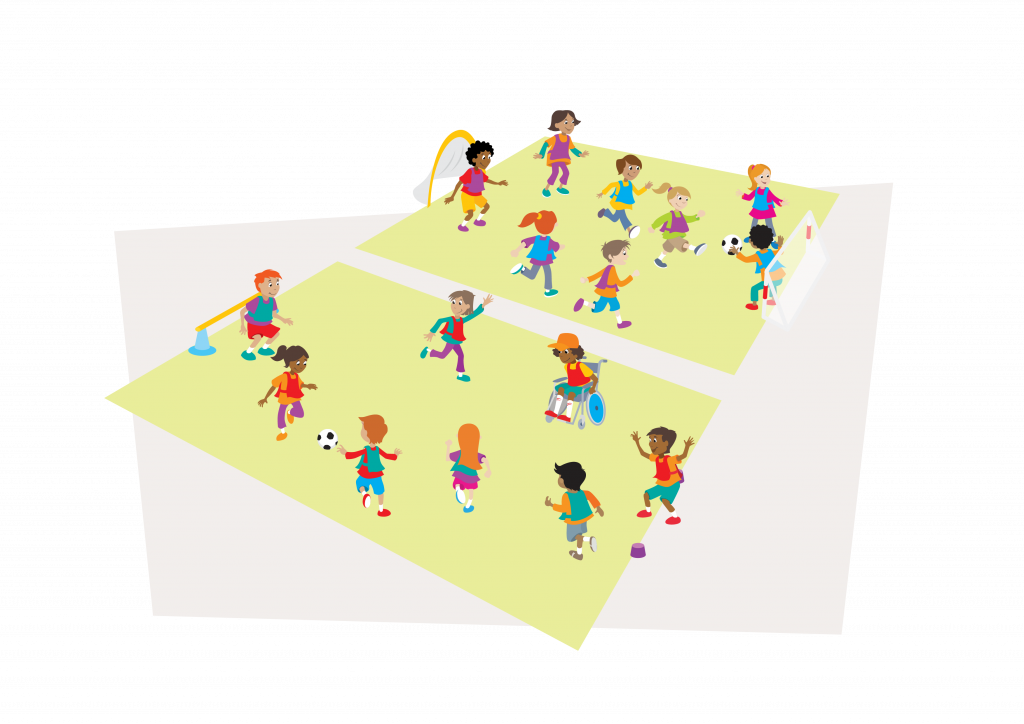
Cricket Rover
As we apply our skills
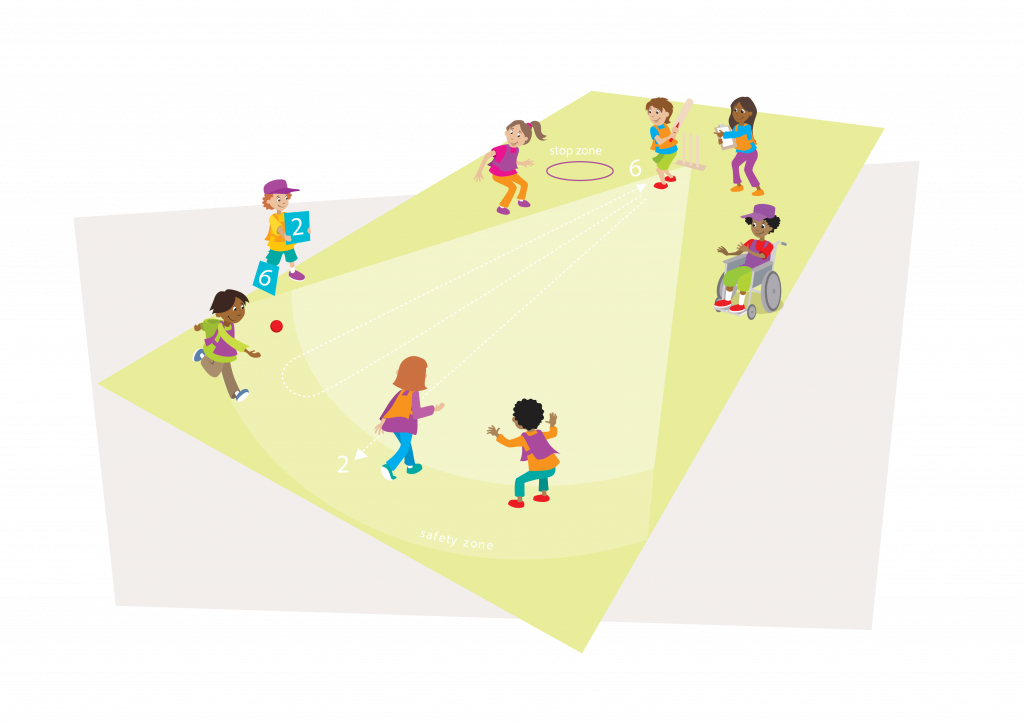
Pairs Cricket
As we apply our skills
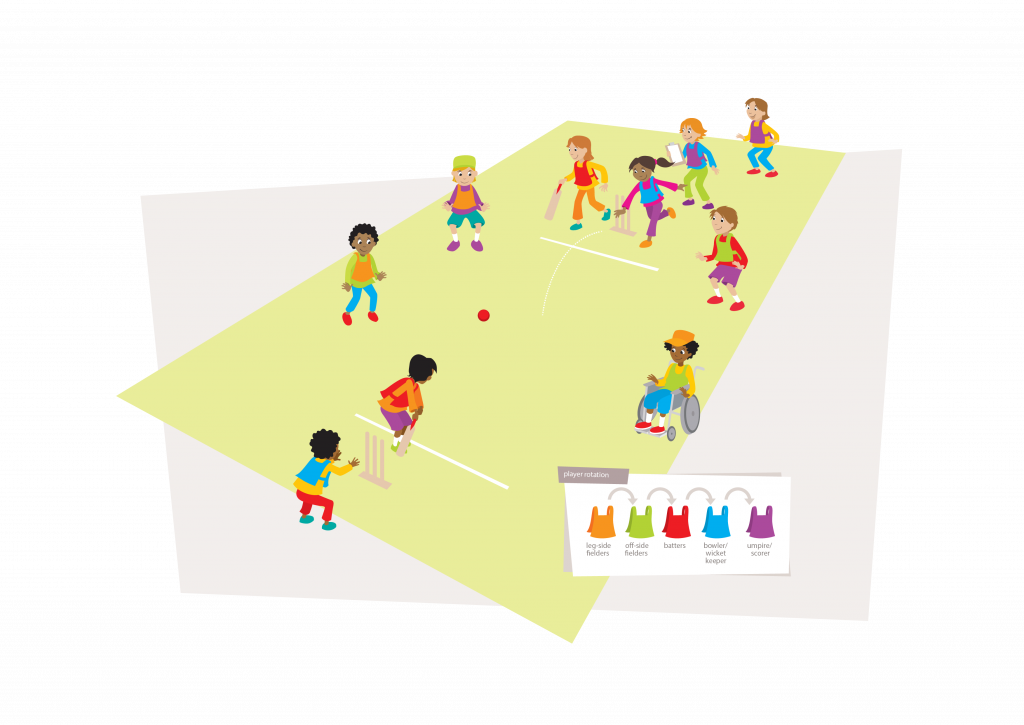
Three Throw Thriller
As we apply our skills
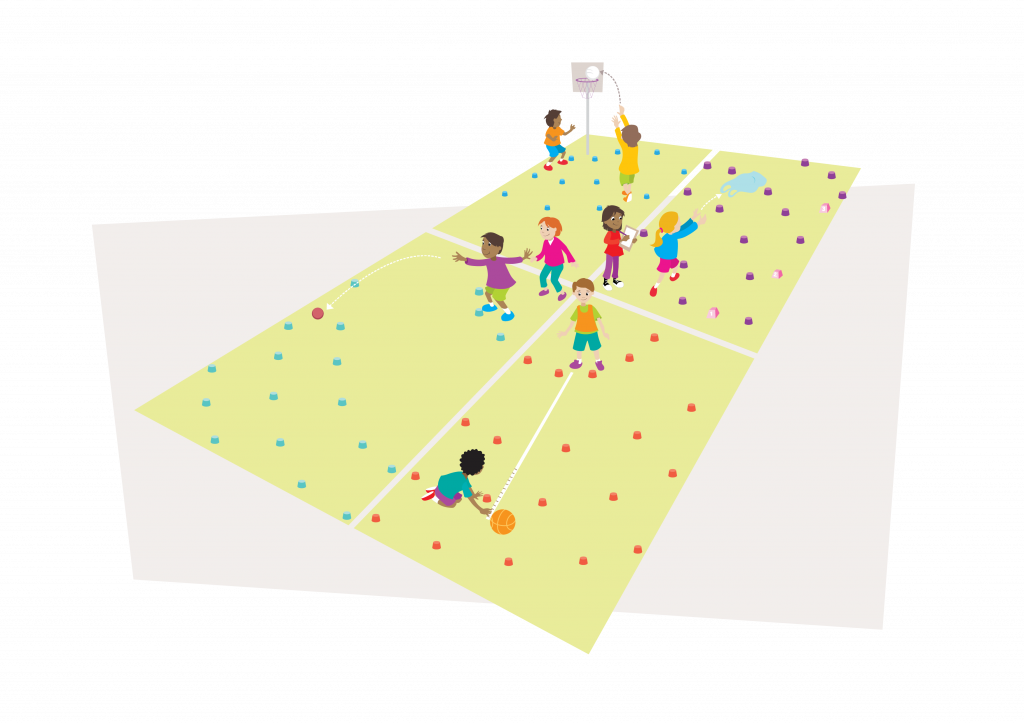
Sprint Start Continuous Relay
As we apply our skills

Precision Pacing
As we apply our skills
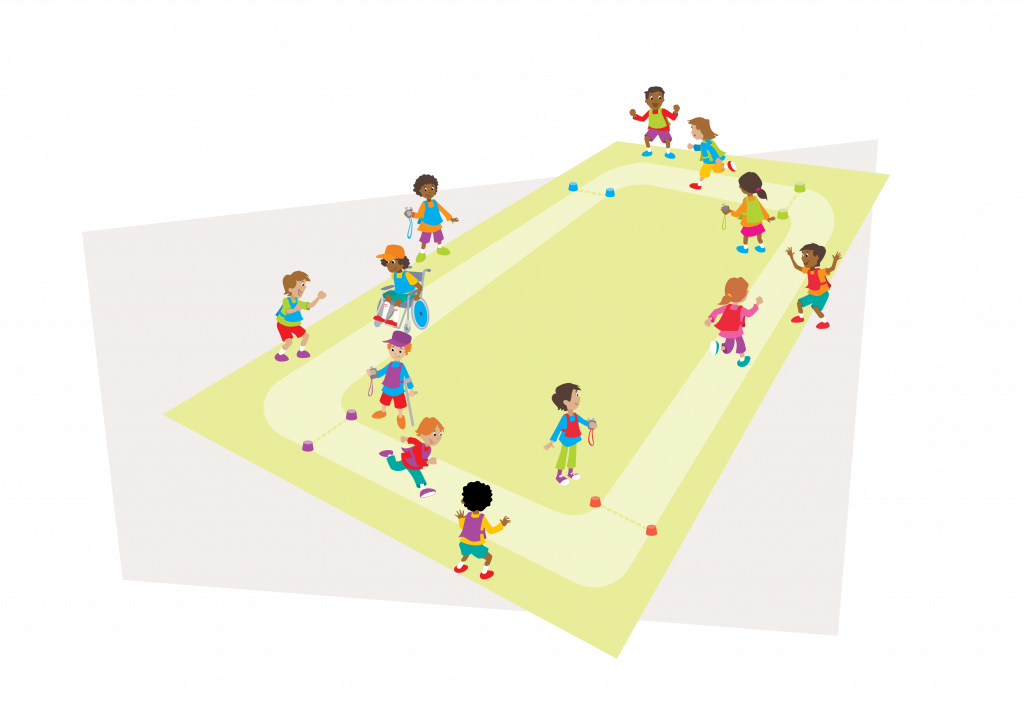
Jumping Jade
As we apply our skills
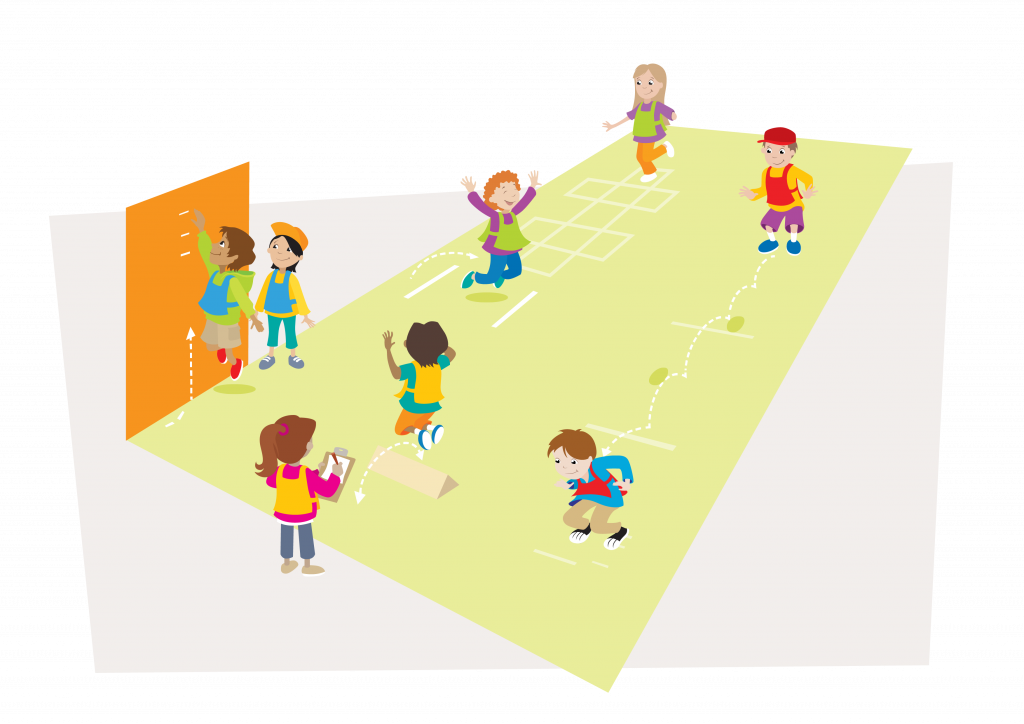
Tip and Run
As we apply our skills
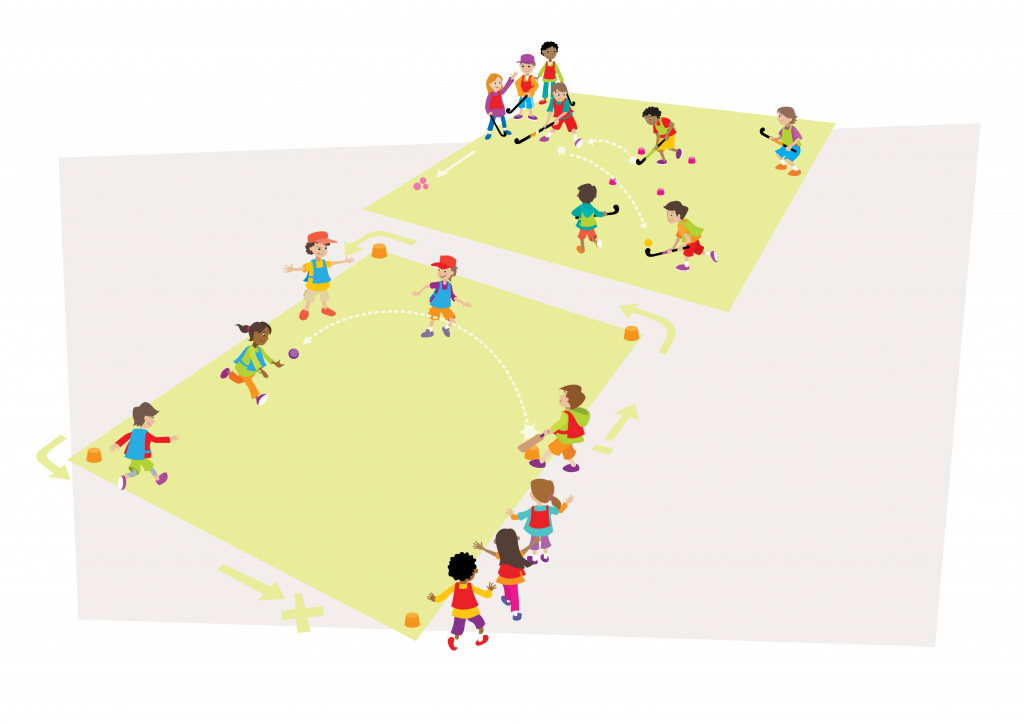
Spots in Space
As we apply our skills
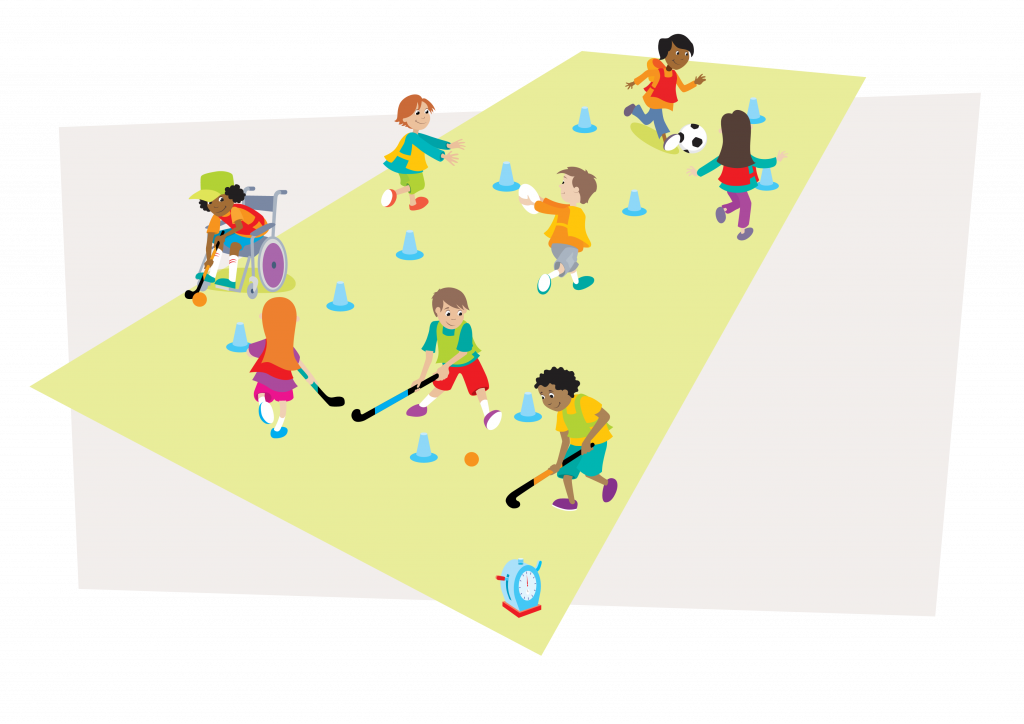
Spot to Spot
As we apply our skills

Space Shake
As we apply our skills
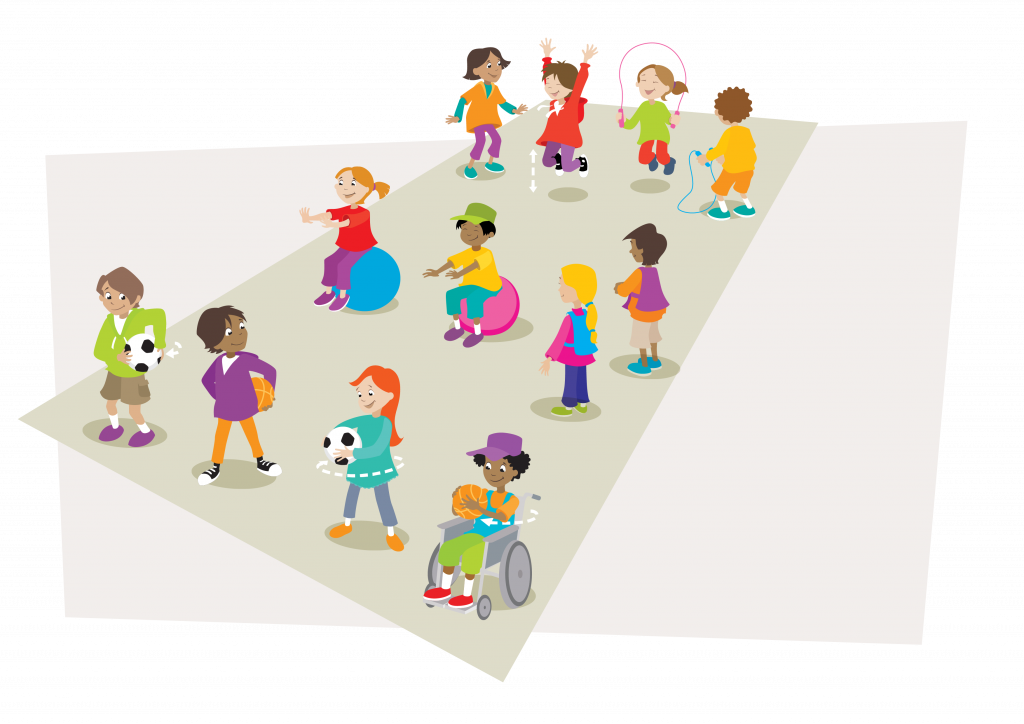
Shape Shifting
As we apply our skills
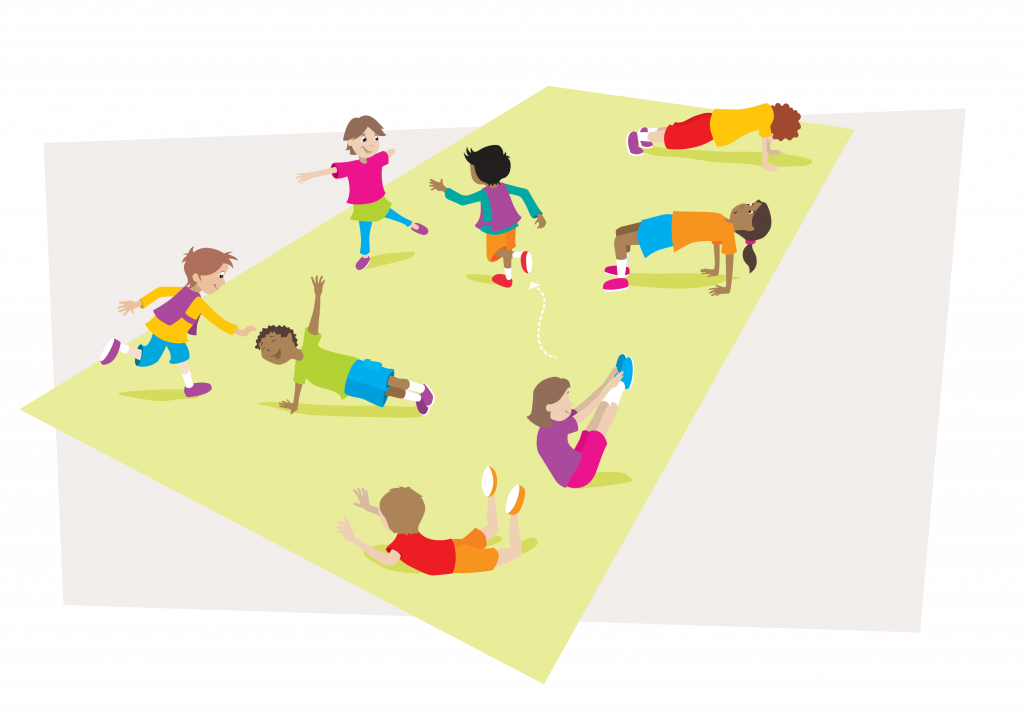
Precision Passing
As we apply our skills
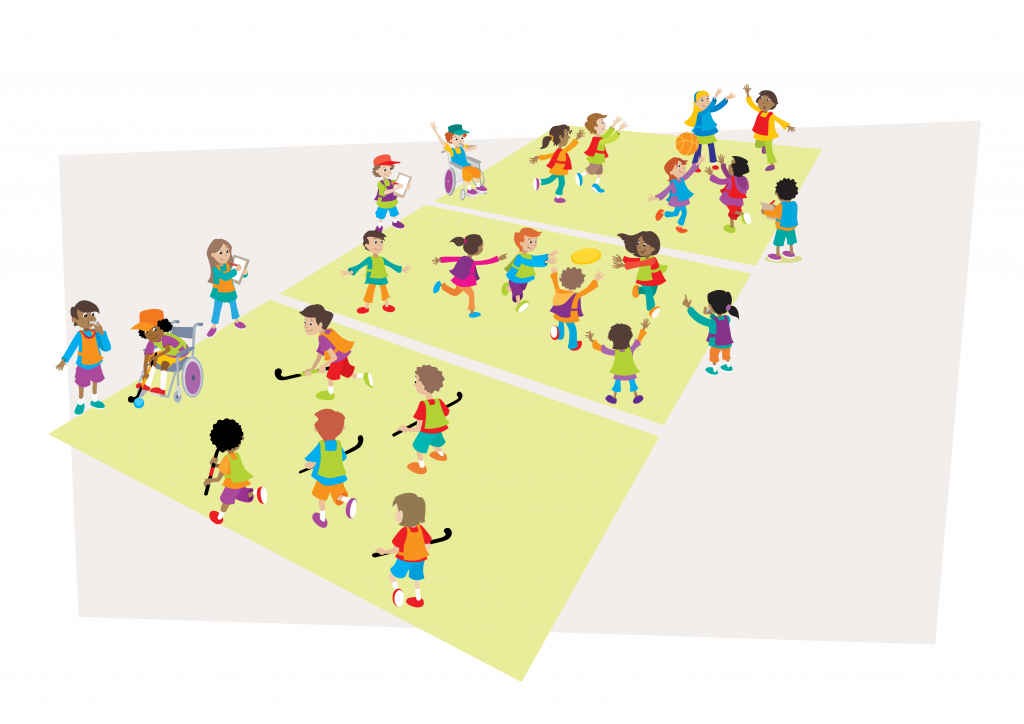
Picture Trail
As we apply our skills

Pebble Plop
As we apply our skills
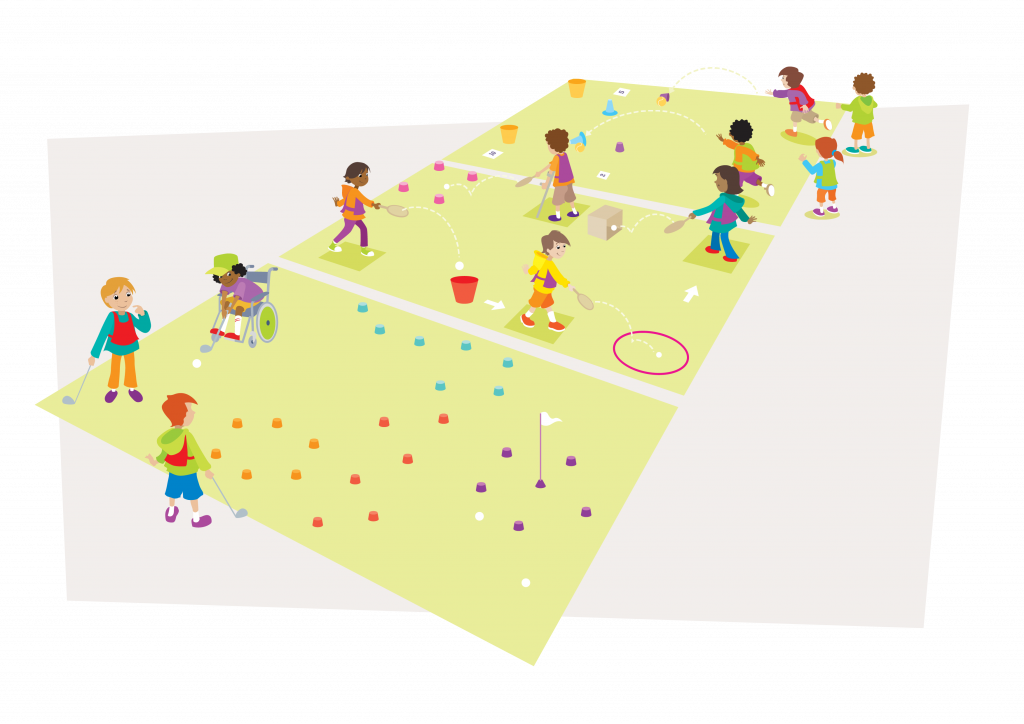
Patterns and Pathways
As we apply our skills

Myths and Legends
As we apply our skills
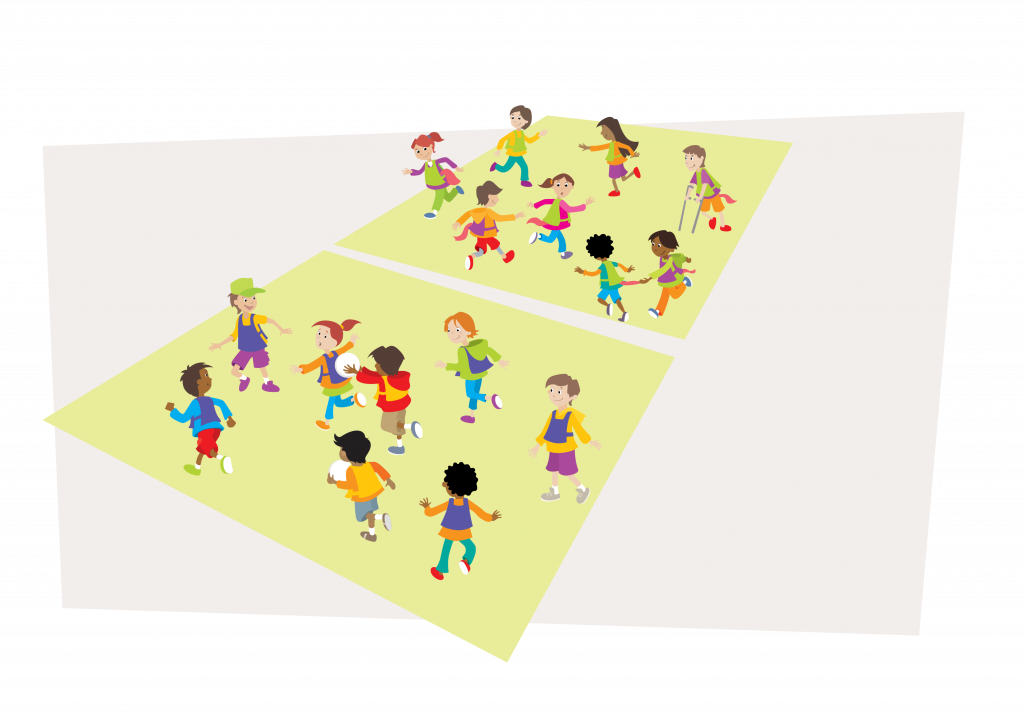
Me to You to Me
As we apply our skills

End to End
As we apply our skills

Dragon Egg Hunt
As we apply our skills

Dragon Dance
As we apply our skills
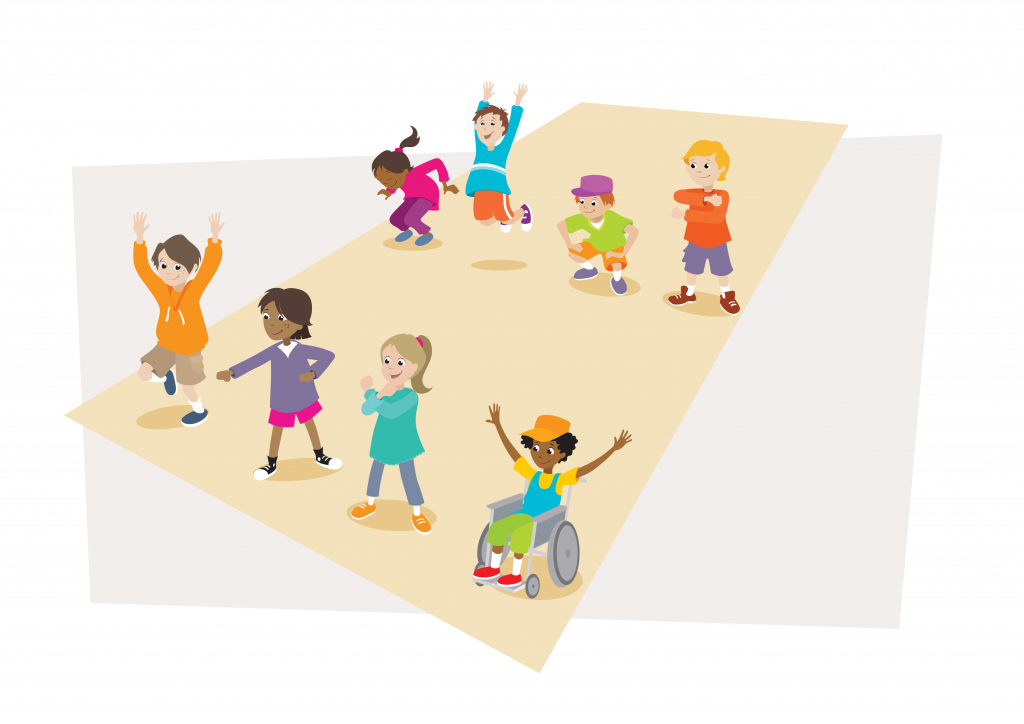
Creature Chaos
As we apply our skills

Pairs Cricket
As we apply our skills in a variety of contexts

Team Cones
As we apply our skills in a variety of contexts

Tag Team Tennis
As we apply our skills in a variety of contexts

Tag Rugby
As we apply our skills in a variety of contexts

Funky Fives
As we apply our skills in a variety of contexts

Shooting Stars
As we apply our skills in a variety of contexts

Sixes
As we apply our skills in a variety of contexts

Keep Score
As we apply our skills in a variety of contexts

In the Zone
As we apply our skills in a variety of contexts

Playing Around
As we apply our skills in a variety of contexts

4 Goal
As we apply our skills in a variety of contexts

2 Goal
As we apply our skills in a variety of contexts

Cricket Rover
As we apply our skills in a variety of contexts

Three Throw Thriller
As we apply our skills in a variety of contexts

Sprint Start Continuous Relay
As we apply our skills in a variety of contexts

Precision Pacing
As we apply our skills in a variety of contexts

Jumping Jade
As we apply our skills in a variety of contexts

Space Shake
As we apply our skills

Spots in Space
As we apply our skills

Spot to Spot
As we apply our skills

Pebble Plop
As we apply our skills

Patterns and Pathways
As we apply our skills

Myths and Legends
As we apply our skills

Precision Passing
As we apply our skills
